|
The Breaks Ultramarathon is a 45-miler, organized by Next Opportunity Events, and has about 12,000ft of elevation gain. It starts at Breaks Interstate Park, on the border of Kentucky and Virginia, and runners do an out-and-back to and on the Pine Mountain State Scenic Trail. My main reason for doing Breaks was to see what it was about and to see what I could do on the course. Many trail runners around Louisville always talked about how tough and technical of a race it is, and I got intrigued. How bad could it be? LOL! I also do not like running/racing the 50M or 100K distance, so this distance was a bit out of my comfort zone. However, the theme for this year was to get out of my comfort zone so I would say this fit right in. Image courtesy of Next Opportunity Events. Pre-Race The build-up to Breaks 45-miler was spotty. I burnt out after the Big Turtle 50K at the end of April and had a really hard time getting going again after that race. It was probably the compounding of many factors – new job, job stress, pushing too hard at Big Turtle, the weather (heat/humidity), and biochemical issues. After struggling to regain some semblance of a steady training ramp, I finally caved and took a blood test using InsideTracker, hoping to gain some insight into if something in my body was off. The test results came back with low Vitamin D levels and borderline low on some other biomarkers. It could have been a placebo effect but, after boosting my Vit D intake for a few weeks, I started to feel like I could train somewhat steadily again. I still didn’t feel up for 4+hour long trail runs out in Jefferson Memorial Forest (JMF) but something was better than nothing. In the weeks leading up to the race, based on my workouts, I figured I was roughly in 3:15 marathon shape. I was not quite as fit as I was in the spring (where I was closer to 3:05 marathon shape), but it will have to do. Therefore, I projected an ‘A’ goal to be around 11:30, a ‘B’ goal to be around 12 hours, and a ‘C’ goal to just finish the race. I've been aiming to target time goals at events this year, not specific finish places (like first or podium). I learnt that lesson the hard way at last year’s OPSF 50K, where I blew up in a major way, trying to hang with the front pack, only to drop out after 12 miles. By aiming for a target time, I take out the anxieties of “placing” or making bad judgment calls of racing outside of my fitness level and blowing up. I can just focus on executing my race and my place will be what it will be. After all, you can only race who shows up. Some days you may be the fastest to show up and others you won’t be. You can’t control other people’s races, only your own. Race I’m not a climber, by any means, so, with 12,000ft of gain in the race, I had my work cut out for me. My long-standing strategy has always been to hike the uphills and run the flats and downhills. There wasn’t much flat-running on this course. However, I still have a bit of a competitive streak in me so I planned my overall race strategy (not knowing the exact course details), which was essentially hang on until about mile 28.5 and then attack the long downhill all the way to Carson Island Aid station at mile 34. At the start, I hung in a small group at the front, while letting Tanner (eventual winner in 9:16) run away with the lead. There was no way I was hanging with him. As the road started on a downhill, I felt decent and opened up my stride, loving the technical descent in the dark as the road turned to rocky, ankle-turning trail. I almost wished I brought my NAO (a much brighter headlamp) with me. I crossed the river at mile 4 in 2nd place. I was quickly passed (by Dustin) on the long climb up Pine Mountain (1800ft gain in 3 miles) and dropped to 3rd. Meh, steady as it goes. It was a long climb. I hit the Goldfish Pond Aid Station (AS) (mile 8) in 1:50, about 10 minutes ahead of my projected 2-hours, feeling a bit worked from the uphill climb but not too bad. At mile 10-11, the upper leg cramps started to hit me. That was worrisome. It was wayyyyy too early in the race for cramps and I felt like I wasn’t even working my legs that hard. Maybe I just wasn’t as conditioned as I had thought, and I hadn’t done enough uphill hiking training to get the leg strength. It had started to rain so maybe my muscles were getting cold, but I didn’t feel cold. I wasn’t quite sure what was going on. I got passed by Patrick around mile 12-14 but passed him back as we started down the Ranger Cabin descent (1000ft descent in 1.5miles). With the rain, I was trying to balance being careful on the wet, slick rock and speed. (On Strava, I was the 2nd fastest that day down that descent with Tanner – eventual winner – being the only one faster.) I quickly filled up 3 of my bottles, like I had originally planned, and left the aid station, still trying to figure out what was going on. The short stop at Ranger Cabin seemed to help with the cramps but they came back quickly, with a vengeance, as I climbed out from the aid station. Settling into the climb, the slower pace allowed me to ponder causes and potential solutions to my predicament. As I drank some water, the cramps eased and then it hit me! I finally realized that this was like when I got dehydrated running in the 2018 Boston Marathon, with its infamous torrential downpour. Here, it was a triple whammy – it was cold, raining and I hadn’t been drinking as much as I should have, doubly because of climbing with poles occupying my hands. It hit me at the top of the climb – I only had three (3) bottles for 8 miles, and I was dehydrated. Normally, this would have been okay but, from the way I was cramping, I could tell that I was already in a big deficit. Here is a sample list of my thoughts from miles 16.5 to 23 –
Watch an IRunFar interview with Kilian on how his 2022 racing season and UTMB race went. Needless to say, I eventually got back to Ranger Cabin, super dehydrated and pretty empty. The descent down to the aid station was really slick from all the wet rock and my vision/mental processing speed was at a supreme low from dehydration. I downed two cups of Coke, a SIS gel, fueled up all FOUR bottles and got kicked out of the aid station. I left Ranger Cabin at 5:39 - 21 minutes ahead of my projected 6-hours for this point of the race. I think I was 6th at this point. As I hit the top of the climb out of Ranger Cabin (mile 25) (and drank an entire bottle of water in 2 miles), Ducky (as he introduced himself) passed me and I was now 7th. My goal now was to keep the heart rate low (in Z1) to catch up on hydration, electrolytes and calories and then allow my body to recover as much as possible between mile 25 and mile 28.5. We will then see how I feel at mile 28.5. Patience and calm. Listen to an excellent talk by Dr. Stephen Seiler about Training Intensity Zones. I now use the 3-zone system. I settled in behind Ducky, as he had done this course many times before, so I didn’t have to use mental energy navigating the trail. I let him open some distance on the uphills but would then catch up on the downhills. I knew I was trying to walk a very fine line here, balancing between maintaining a decent pace while keeping my HR low enough for my system to recover. I was already reaching the 7-hour mark without peeing once. At some point, David, a Bloomington runner, caught up to us and joined our train. Shortly after, I felt the grade change. This was the moment I have been waiting for. Have I recovered enough? We will find out. I started to open up on the downhill around mile 29. David followed but Ducky did not. We were now 5th and 6th. Just before the short climb up to Goldfish Pond aid station, I finally had my first glorious pee in 7.5 hours. Mmmm…. Pumpkin ale. Huzzah!! It was starting to get hot, as we came into Goldfish Pond, which was a remarkable contrast to me feeling cold only a couple of hours earlier. (Goldfish Pond - 7:35 (I had projected 8hrs at this point)) Mmmm, I was at IPA. On the long, steep downhill stretch to Carson Island, I felt okay and my quads, while feeling almost like rocks, were still holding together. There were some steep sections that made me think back to some of the descents at Hardrock 100. I tried to channel my best John Kelly impression and let loose. This was my element and I started making my move. I needed to bank as much time as I could in this section because there was still a good amount of climbing left and everyone else around me was a much better climber. For context, on Strava (for whatever it’s worth), I had the 2nd fastest split of the day from Goldfish Pond to Carson Island (9th Overall time) and set the Strava Course Record (CR) on one of the short steep segments in this section. David and I caught Dustin and Patrick in this section, and I soon dropped David shortly after. I came into Carson Island in 3rd, filled up all my bottles and baggie of chips in hand. David came in (4th) as I was leaving the aid station. He is a beast. Video of John Kelly descending from Grant Swamp Pass like a freaking BOSS!! (fast forward to 5:30) I kept replaying this scene in my head as I descended towards Carson Island. Apparently, he clocked one of the fastest splits for that descent that day. Footage by Jeff Pelletier of the frontrunners of Hardrock 2022 coming up and bombing down the descent off Grant Swamp pass. Fast forward to 7:30 for some footage of Grant Swamp Pass. After Carson Island, it was just a matter of pushing, riding that Z1/Z2 line, keeping cool, and keeping on top of hydration, electrolytes and calories. I took an extended dunk in the river during the river crossing to keep cool and blew through the Rat Hole aid station (9:32 - projected 10hours). The last extended climb on the River Trail was a very technical, rocky beast and I was slowing. David almost caught up to me at the top of that climb but thankfully it leveled out a bit after that. With a mile or so left to go, I downed a gel and put the hammer down, not looking back. I finished 3rd Overall in 11:08. Thank you to Michael and Brandy at Next Opportunity Event for putting on such a lovely challenge. Tons of gratitude to all the volunteers for helping out. These races would not be possible without you. Thanks as well to all the brave fellow racers. You make the race fun. Reflections I would say this race can hold its own against most other tough, technical 50M races. Personally, I love the course. Hard climbs and rock-hopping, steep descents. It is a gnarly but gorgeous course. Some of the views from the Pine Mountain ridge trail were stunning and I wish I had stopped to take pictures. I also do not like running/racing the 50M or 100K distance, so this distance was a bit out of my comfort zone. However, the theme for this year was to get out of my comfort zone so I would say this fit right in. I wouldn’t compare myself to Kilian but I am pretty happy about how I troubleshot my way out of a deep hole, stuck with it and came away with a podium spot. If I had not had the dehydration issues, I am confident I could do a sub-11hr run on this course and that would be pretty cool. I would do the race again but maybe differently. Chatting with Arielle after the race, I ruminated that it would be nice to run the course at a more relaxed pace, stop to take many pictures and really soak in the gorgeous views but that is another racing style for another time. What I did well: 1. For the most part, I kept my patience and a cool head through my very extended low stretch. Sixteen (16) miles, or 4-5hours, was a long stretch of time to be dealing with dehydration and its aftereffects. However, I stayed calm, disciplined and executed what I had planned, especially with the recovery plan. 2. Once I figured out what was going on, I knew how to troubleshoot it and work the problem. 3. Once again, my downhill-running ability came through for me and helped carry me to the podium. What I would like to improve on: 1. My climbing ability – I just lose too much time on the uphills and I can’t gain that much time back on the downhills. A good portion of me taking the uphills a bit easier this time is attributable to me trying to keep my HR low to manage and recover from the extended dehydration. However, I still need to train to be a faster climber. Climbing is all about a power/fitness-to-weight ratio so that will be an interesting equation to solve for. 2. While I could troubleshoot the dehydration issue adequately, it still took me a while to recognize the problem and the root cause. That’s the trouble with cramps. There are just so many reasons why cramps happen but I knew this one. At Boston, I got severe adductor cramps from dehydration and, since then, when I get those types of adductor cramps, it’s almost always from dehydration. I just did not recognize it quickly enough at the time. I think I was too focused on racing and not being in tune with my body, thinking that the problem might just go away or settle to a steady state.
0 Comments
The last time I raced the marathon distance with the intention of going sub-3 was in 2018 at the Sugarloaf Marathon in Maine and, man, it was a literal $hit$how. There were no porta-potties in the last six miles and I clenched my butt so tightly that I didn’t need a glute workout for a while! Coming away with a 3:22 marathon, disillusioned, and a bitter taste in my mouth, I haven’t felt the urge or desire to give the sub-3hr marathon another shot until this year. The closest I got was at the Monumental Marathon in Indianapolis in 2015, where I finished in 3:02:58 (my personal record). Six years later, after securing my Hardrock 100 lottery qualifier with a strong finish at Cruel Jewel, I had the space, time, and training opportunity to give the sub-3hr marathon another proper go. I always have the athletes I coach ask themselves – Why? Why do you want to do this? For me, it has been (a bit) less about chasing this specific time goal but, rather, more about the training and the grinding process required to develop the level of fitness and speed to meet that goal. As I try to make my way up towards the pointy end of the field and onto podiums (in smaller races), I definitely see correlations between marathon times and lower ultra times. (Fast is fast, duh?) In general, the people beating me just have faster overall times in almost every distance so I aspire to develop (and try to maintain) that speed, fitness, and strength. It doesn’t come overnight but over months and years of consistently putting in these sorts of tough workouts, training cycle after training cycle. At this point, I have completed more hundred-milers than marathons but neither are taken lightly. Without the allure of the stretch goal of a fast marathon, though, it can be mentally hard to push yourself during the grueling, faster-paced workouts. I mean, why do it if you don’t have to? So, it helps to set goals, even if they may be somewhat arbitrary. In the days leading up to the race, I was anxious, not recovering well, not feeling well-rested, and battling some toe tendinitis and plantar fascia tightness in my right foot. I decided to take the 3 days before the race completely off to "catch up" on recovering. Better to be undertrained and injury-free at the starting line than tired and over-trained. Evaluating my current fitness honestly, I gave myself an 80% likelihood that I could go around a 3:05. That last 5-10% chance to go sub-3required me to dig deep - real deep into a pain cave where I have only gone once or twice in all my years of racing. The RaceRace day morning was a whirlwind. I forgot to swap my Altras out for my Saucony Endorphin Pros and rode the bus back to the car to get them. Luckily, I still had ample time to check my gear and get in a short, chill warm-up. Standing in the crowded wave A corral, I kept off to the side and a bit behind the 3:00 pacer, aiming to keep the sign he was carrying in sight as long as I could. Man, I had forgotten what it was like to run a big, crowded road marathon. Talk about a clusterf***. It was a big contrast to the chill, sparse trail races and small-town road marathons I had been doing since Boston in 2018. Runners were funneled into lanes and bumping into each other, jostling for space and trying to hit tangents. In the second mile, someone stepped on my left shoe and popped the heel off so I had to veer off to the side to quickly fix it. I had to speed up a bit in the third mile to reconnect with the 3-hr pace group. With the half-marathon sharing the course until mile 7-ish, the first few aid stations were utter chaos. There were no signs to indicate that an aid station was coming up; once one was spotted, a mad rush ensued to get a drink, with runners colliding into one another. I almost slammed into a few backs as runners suddenly slowed down to swerve over to the aid station volunteers for hydration. Forget hitting tangents – we were packed like sardines and there was little space to maneuver to the tangents without surging or slowing erratically. Despite all this, the first few miles felt… comfortable. Not effortless but comfortable. Other than the first 2 miles, miles 3-7 were a bit fast (6:33, 6:39, 6:38, 6:38, 6:38) but I still felt in control and still nose-breathing (Breath-Right strip, FTW! They say nothing new on race day… pfssshhh.). After realizing the reality of the aid-station situation, I gave up and took the center line to stay clear of the aid-station madness. I had 2 10-oz bottles of Tailwind with me so I was still okay but I had to abandon my plan of getting water around mile 6/7 and take my Huma gel without water, which, thankfully, went okay! Even after the half-marathoners split off from the full-marathoners, the 3hr pack and chase group still formed a pretty large group. With no way of telling when an aid station was coming up, it was still hard to navigate aid stations cleanly. When trying to get water at mile 8 or so, I throttled back a bit, not wanting to tempt fate with surging, only to see cup after cup taken out of the volunteers’ hands in front of me. I ended up at the end of the aid station cup-less. What the flying f….? The first time I managed to properly get water from an aid station was after mile 11. So much for my hydration plan. Hanging off the back of the 3-hr pace group, we went through mile 9 in just over an hour, still slightly under 3-hr pace. It was around this time that my left hamstring started twinging a bit. While I was looking for the early signs of dehydration, this was definitely not a sensation I have felt before. It wasn’t anything severe but something I needed to keep an eye on. Doing a body-scan, I noticed that my left hip flexor and core was a bit tight. Fighting a touch of a side-stitch on the left side, I tried relaxing and stretching out that left core and that seemed to help with the twinging hamstring. I also took a SaltStick FastChew salt chew at the 1-hr mark, which also seemed to help with the hamstring. Taking another gel at the half-marathon mark at 1:28:46 (6:46 pace), I noticed that my watch read 13.2miles, so I was already “behind” by 0.1miles, probably due to all the swerving and not taking tangents. For comparison, my watch read 1:27:51 (6:42 pace) for 13.1miles. Almost a minute behind in terms of distance but still marginally ahead of 3-hr pace (6:52 pace). I was starting to feel the effort though. Patience, calm, and control – just stay focused, keep in contact with the back of the pace group, and click off the miles. Around mile 15/16, my left hamstring on-off twinging spree was joined by my some very unnerving left calf spasming. I have never felt anything like this before. It felt like electric eels were swimming around my calf and then up my leg to boogie woogie with my left hamstring. At this point, a small group of us were trying to surge up a bit to make contact with the pace group. Experimenting a bit, the only way I could stop this funky electric boogaloo from devolving further was to shorten my stride and ease off the gas a tad. Doing some mental math in my head, I had hoped that the first few fast miles gave me enough of a buffer. Calm and focus. Drinking more water was also helping a bit with the calf spasms. Due to the earlier hydration fiascos, I was trying to hit enough aid stations after mile 15 to catch up on hydration without upsetting my stomach. I could tell that the “chase pack” was doing what it could to hang onto the pace group but it was starting to splinter apart. I no longer had a few people to tuck behind and draft off. We were taking the tangents so hard that, at one point around mile 18, a lady in front of me hung left so hard that she accidentally veered too far over and had to hurdle the traffic cone in the middle of the street. She didn’t quite clear it and knocked it over into the path of the group. What?! A steeplechase hurdle?! :P By this stage (miles 16-20), I was concentrating hard on maintaining 6:50s, trying to stay in sight of the pacer, catching up on hydration, and managing my gait to avoid the cramps or spasms from devolving any further. Oddly enough, all the problems were on my left side but when I tried to push off more on the right side, things started cramping there a bit too, so I just left it. My pace was starting to trend towards 7:00min/mile. Every time I tried to open up my stride to edge closer to 6:50 and below, my hamstring and calf would start reacting. I took another Fastchew at the 2-hr mark and it helped a bit but couldn’t mitigate the cramps completely. I had already started seeing people slowing down or stopped on the side of the course and I did not want to be one of those people so I backed off just a touch, hoping that something could be saved for the last 5K. Focus and run the mile I am in. I hit 20miles just after 2:15 and thought – “Okay, only 10K left in 45minutes, about 7:10-7:15min/mile. I am still doing 6:50s so I have a buffer.” It felt like I was forgetting something though… Around mile 22, I just couldn’t get my legs to turn over and I felt like I was fading hard. I tried pumping my arms as well to adhere to the adage – “The legs follow the arms.”, but my legs just wouldn’t spin and my left leg was not responding well to any attempts to lengthen my stride. I was trying to figure out what was going on and then I realized – “I still have my third gel, which means I haven’t taken a gel since mile 13.5. Oh no…”. My heart sank. I had been so preoccupied with catching up on hydration, managing my gait, avoiding hazards, and staying in contact with the pace group that I had completely forgotten to take my gel at mile 20. I immediately tore into it (without water) but, by then, it was probably too late. To make matters worse, I had been out of Tailwind for a while now as I drank more of it during the first part of the race due to compensate for skipping aid stations. The little devil on my shoulder started speaking to me at that point – “You can ease off the gas and still come in around 3:05 easy. It will be so easy to take your foot off the pedal and coast it in. It will feel so much better. Your legs can’t move faster anyways.” I could be so close, though. What if that gel kicked in really quickly? What if I get a bit of a second (or third) wind? Keeping the effort honest, I hit mile 23 and 24 in 7:07 and 7:06, respectively. With the previous buffer, I could still be close? It was then that I recalled a quote from Meb Keflezighi’s book, 26 Marathons, that I was listening to on my drive from Louisville. The (paraphrased) quote was “At the end of the day, the final/end goal is to do the best you can with what you have, given the conditions and circumstances of the day. That is what it means by running to win.” Arms pumping and legs attempting to turn over with a shortened stride, miles 25, 26 and beyond were just a fight against a glorious fade. I was breathing hard but I still had to control it as I knew that, once I went 1-1 anaerobic breathing, I had maybe half a mile left in me. I went to that point of no return once I saw the sign for Mile 26. Rounding the last few corners, with my heart pounding in my ears, I crossed the finish in 3:01:15. A 1:43min PR. Close but no cigar. (Technically, a BQ as well since I’m now in the 35-39 age group.) Post-Race and ThoughtsTraining – This has been one of my best training build-ups so far. The only other one that has gone better was for my 2019 Western States 100 and maybe for my 2015 Monumental Marathon. While I bombed some workouts, I completed (for the most part) some pretty cool and challenging workouts and most of the plan that I had set out to do. Even though I did less volume and fewer workouts than in 2015, I felt like I was slightly fitter going into this event than when I did in 2015. The reality is the older body just can’t handle three hard workouts a week like the younger body could so intentional quality is key. The result was, I feel, pretty accurately representative. Gear – My main issue with my “gear” was bib placement. They (whomever they are) say never do anything new on race day. Ever since doing more trail races, I pin my bib to my shorts. Trail runners try to be cool like that. I pinned my bib to my shirt this time and that was a mistake. I pinned it too low and it interfered with me accessing my race belt for gels, FastChews, and my bottles. Next time, I should pin it way higher or, most likely, go back to pinning it on my shorts. On the flip side, it was the first time I ran with a Breathe-Right strip and it worked great for my nasal congestion! Hydration – Knowing what I know now, I would seriously consider hand-carrying a small bottle of water that I could throw away after the first half or so. Even an additional small soft-flask would have been a good option to avoid the utter mess of the initial aid stations and still have the option of drinking water. The main issue would be how to juggle holding an extra bottle while taking in gels and FastChews. 26.5, not 26.2 – For future attempts at racing the marathon distance, especially when margins are extremely slim, I am definitely going to treat it more like a 26.5mile race and not 26.2miles. While the pace difference may not seem like much (6:48 vs 6:52), every second per mile counts. Technically, based on GPS, I did run 26.2miles in 2:59:53 but that’s not official and only highlights the margins that make or break the race. I think the safer margin is to aim for a 6:45min/mile race pace, which gives a 2:59hr race finish. Racing against time vs other people – To me, there is an interesting contrast in mental dynamics when racing against the clock versus other people. The other time I pushed this hard was when I was running scared in first place in the 2019 Gassy Goat 40K. I was fighting cramps and trying to run away from 2nd place as fast as I could. However, there were times when I could still feel some space to ease off, even for just a tad, to recover something before I saw him and started pushing again. I feel like I push harder with someone chasing me and it definitely felt like I pushed harder (at least mentally) during Gassy Goat than I did here. For this race, I tried a similar mental tactic in the later stages of the race - to use other people as rabbits, as people I could chase down, but it was not quite the same. I think it has something to do with the arbitrariness of a time goal versus the distinct tangibility of a first (or X) place finish. At Western States, even as I was chasing the sub-24hr threshold, my margins there were significantly larger than they were here so I always felt like I had a bit of wiggle room to ease back a bit, regroup and then push again. Alas, when you are shooting for something that is just on the edge of your (current) capabilities, the margins can be razor-thin and you can feel like you are walking on a tight-rope. Immediately after crossing the finish line, my vision was swimming and I was heaving against the side fence for a good minute or more. Honestly, I felt so conflicted and, while I felt like crying, I didn’t know why. By most measures, it was a good race and the weather was perfect but my first gut reaction, stepping over that finish line, was disappointment and/or frustration. Did I push myself hard enough? I was close but a few (key) mistakes or slips made about a minute and 16sec difference. Upon further reflection a few days after, yes, I am still a bit disappointed but no regrets. It wasn’t a perfect race but usually races don’t turn out to be, even the good ones. It’s okay to be a bit disappointed. It means I care but I think this race effort also means I’m closer, closer now than ever before.
Pre-Race Lead Up and TrainingRedemption. Finishing the Cruel Jewel 100 this year was all about getting some kind of “win” after more than a year of things going sideways. Any kind of “win”. It all started with a major fall at the 2020 12-hr Spider Mountain Race last February.
Training was way less than stellar. As you can see below, I had a couple of 60mile weeks in late February and early March but, the craziness in March hit me like a bunch of bricks and I was barely able to average 45mile weeks for a while. I did not want to force it too much for fear of overtraining when my body was unable to recover from just daily activities. I was able to get in one supercompensation 80-mile week with 12K ft of gain and that had to do before I needed to start tapering for CJ100. I usually like to get in one week that mimicked the race in terms of mileage and gain, meaning a 100-mile week with 33K ft of gain. HAH! That was nowhere close to fruition. I felt like this was close to being the least trained for a hundred-miler, relative to expected effort. With the training window of opportunity fast closing on me, I did not have the option to put in tons of miles. I had to train smart and get everything I could out of these 2 weeks of taper. After my big 80-mile week, 3 weeks out from the race, I started to focus on 3 things – 1) weighted power-hiking, 2) strength training and 3) (some) heat training. If I were to attribute one of the main elements that saved my butt during this race, it is power-hiking with a weighted vest. I filled my Ultimate Direction running vest with water bladders, ankle weights and other random heavy objects, until it weighed about 15lbs. I would then wear it for every power-hiking session for 2 weeks (up to the week before CJ100), hiking for an hour or so at grades between 15-25%. Sounds horrible but it works. Thanks Ian Sharman! During these last taper weeks, I had to tell myself over and over again – it is always better to get to the start line undertrained, injury-free and healthy, than overtrained and tired. Race Planning and PrepCruel Jewel 100. 106miles, 33,000ft of gain. Highest elevation 4000ft-ish. Noon Start. I usually take a 3-week taper for 100-milers and this is a great time for race planning. I repurposed my race planning excel sheet from Western States and started figuring out the elevation gain breakdown and pacing plan for my ‘A’ goal of 34 hours and my ‘B’ goal of 39 hours. My final ‘C’ goal was based off cutoff times, which is for a 48-hr cutoff finish. From some websites, it was estimated that, a 24-hr performance at Western States would be roughly equivalent to a 36-hr performance at Cruel Jewel. As I was feeling way less trained than when I had run WSER100 in 2019, I gave myself an extra 3 hours as a buffer for the 39-hour ‘B’ goal. My ‘A’ goal had a bit more of a significant meaning as a sub-34hr finish would be faster than my 34:16 finish at the 2018 Bear 100, on a course that is not at altitude but was 6-8 miles longer with (supposedly) 11,000ft+ more gain. I have to give a shout out here - After I had put this worksheet together, I have since learnt of an AWESOME website called UltraPacer, where you can essentially do the same thing and better, if you have the GPS/GPX file of the course. It's a great site! You should check it out and use it for all your race planning. I may use it moving forward. From the sheet, I roughly calculated when I would hit my drop bags at miles 27, 52, and 83 for my ‘A’, ‘B’ and ‘C’ goals and packed my drop bags accordingly. Even though my girlfriend, Arielle, crewed, I was mainly relying on my drop bags for everything and she would just meet me at the drop bag spots with emergency stuff, just in case. Ultra Tip! – Even if you are allowed or plan for having a crew, I highly suggest/recommend that you utilize drop bags. In case your crew gets lost, encounters problems like a blown tire or runs out of gas (a real possibility that weekend! – See Colonial Pipeline cyberattack news.), you aren’t SOL’ed if your crew, for some reason, doesn’t show up. If anything, your crew can help you organize what you need from your drop bag. For my race plan, I basically look at my spreadsheet and the race details and start jotting down a rough plan of what gear I want to start with and certain pre-race tasks that I want to do (i.e. lube and tape nipples.). From there, I use my estimated in-between drop bag and in-between aid station times to figure out how much nutrition and hydration to carry, taking into account time of day and heat. Next, I envision various things I will do at each aid station, especially the main drop bag aid stations, and write it out, taking into account mileage already ran, time of day and other weather and terrain variables. Hundred-Miler/Ultra Tip!! – When I started doing more and more hundos crew-less and pacer-less, I wanted a system that would enable me to be methodical and comprehensive, yet efficient, at major drop bag checkpoints. Starting with Kettle Morraine in 2016, I started using a system where I would create a checklist of what I would do at each drop bag aid station and then either put it in a Ziploc with my stuff in the drop bag or tape the list to the outside of the drop bag. This is especially helpful when your mental faculties are not really working the best at mile 70 or at 3am. It’s much easier to read through a list (or have someone else help you read through it) than stand there and think about what you want to do, when you are not in the most coherent state of mind. I would talk/walk through the race plan a couple of times, finessing the packing list a couple of times as I go along, until it’s mostly ironed out. In walking through the race plan, I also walk through the contingency “what-if” scenarios, mostly what if I fall behind 39-hr pace. Those scenarios help me plan out how to pack for issues (for example – If I hit Wilscot gap in the dark the second time and have to go through a full second night, what would I need? How cold will it get? What may help me freshen up and wake my mind up a bit?). What spares would I need (i.e. spare shoes, spare socks, spare bottoms, spare batteries, etc.)? Sometimes what you don’t need may be equally as important as what you do need as you don’t want to overcrowd your drop bag to the extent that it starts to become hard to find things. Pre-RaceNothing exciting to talk about here. Arielle and I stayed at a cute AirBNB just outside Blairsville, which was very nice and isolated for having a reactive dog like Riley. She had no dogs or cars to bark at so we enjoyed a very peaceful couple of days. As is my pre-race routine, the morning of the race I watched these two videos. Andy Jones-Wilkins’s words in the second video hit me pretty hard as it has been a rough couple of months leading up to the race as well as everything that has been going on in the past year. I cried a little. One of my main thoughts was – I really wanted to exorcise the Bear 100 demon and run a Hardrock 100 qualifier well, not death-marching for 40 miles to the finish like I did at the 2018 Bear 100. Patience and calm. I commit, I won’t quit. Race Time!Part 1 – Start (mile 0) to Wilscot Gap (mile 26.7) (6:15-ish) I just wanted to get going so that I could figure out how the day was going to play out. We started off at 12:03pm in Wave 2 of 4. They had wave starts due to covid precautions/restrictions, with waves going off every 3 minutes. In the grand scheme of things, it doesn’t really make much difference. I settled in with the front group of my wave and just started running and hiking along. The weather for the weekend was the best that is has been for the race for a long while. A high of 70F, with an overnight/early morning low of around 40F. Cruel Jewel is typically known for 80-90F+ temps with high humidity so we really lucked out this year. I tried to go with my flow and not let the front of the pack drag me along too much, especially on the uphills. I was happy to catch up with them on the downhills. I kept telling myself – Run your own race. Everything felt…pretty good? I made sure to stay within myself, at a relatively easy effort level and the pace would be what it would be. Using poles, I powered up the inclines with small but quick steps, using my prior experience of climbing Devil’s Thumb at Western States (1600ft in 1.6miles = ~20% avg grade) as well as my power-hiking training on the treadmill. As downhills are typically my strength, I took the downhills at a controlled but steady effort, trying to stay patient, calm and smooth (albeit, maybe a bit too…. enthusiastically at times?). The group I was with took the first long downhill stretch at a good clip and made some distance with the rest of the wave. I honestly don’t remember too many details about each section so here are just some highlights that I do remember. Coming into Fish Gap aid station, the next runner came in with his bib almost torn off and he was asking for safety pins. I’m not sure if he had taken a fall or the brush that we ran through snagged it and threatened to rip it off. Luckily, I had some safety pins in my emergency blister kit that I gave him to fix that. Ultra race tip! Safety pins are light and can come in handy for many situations so it may not hurt to carry some with you for emergencies, like above. At Vermont 100 a few years ago, we used a bunch of safety pins to help a runner put back together a torn shoulder strap on his running vest. It had separated so much that he couldn’t run with it. Safety pins can also be helpful for holding together ripped shorts, shirts or shoes (or popping blisters). For this first part, I hopscotched a bit with a runner named Brandon and we traded stories about the Bear 100 and other hundos that we have done. He was looking very strong, especially on the ups, and dropped me towards the 2nd half of the quarter. He later went on to finish 7th. Other than that, it was pretty much go up, go down and look at the green tunnel. It’s called the green tunnel because that is pretty much what you see for most of Cruel Jewel, just greenery around you. With greenery comes…. Poison everything!!! Poison ivy, poison oak, maybe poison sumac, etc. Lovely! I pretty much ran through most of it like this as I treated everything that had “leaves of three” as poison ivy. As for my race plan, I was executing it right on. As it was the hottest points of the day, I made sure to empty all 3 of my bottles between aid stations and fill up with water and tailwind at aid stations. I ate Saltchews at the top of the hour and a Trail Butter packet or a Muir Energy packet at the bottom of the hour, along with some pickle juice or chips at aid stations. I was doing well at aid stations, only stopping for a minute or two at “non-major” aid stations. Around mile 15 or so, I had a medium right ankle roll, which gave me pause. It wasn’t super bad but not light enough that I could just brush it off as I definitely felt it for a bit afterwards. I came into Skeenah Gap aid station and Wilscot Gap aid station an hour-ish ahead of 34-hr pace (my ‘A’ goal). Hmmm, this would be interesting. This could signify either extreme end where it was a really good day or I was in for a blow-up of epic proportions later in the race. To avoid the latter scenario, I took about 20mins at Wilscot Gap and ran through the aid station checklist in my drop bag. I was feeling a little warm and pretty hungry but the extended aid station stop was time well spent. I had already allotted half an hour for each of the three major aid station stops (highlighted in yellow in my race plan) so I took my time and chilled. I left Wilscot at 6:35pm, about 1:15 ahead of 34-hr pace. Part 2 – Wilscot Gap (mile 26.7) to Camp Morganton (mile 52) (6:30-ish) For a good portion of this stretch, I paired up with a runner named Lyman as we ran steadily towards Camp Morganton. He dropped me a bit after Stanley Gap aid station before we hit Deep Gap, which is understandable as that part was a very long climb. The Deep Gap loop felt pretty long to me, as it had a 2-mile long downhill. At night with less perception of surroundings, it just felt like it kept going on and on, especially as I was on my own at this point. I finished the Deep Gap loop in 1:32. The terrain was pretty rocky throughout this quarter, other than the road sections leading to Stanley Gap and to Camp Morganton from Deep Gap, so I took my time and tried to not bomb the downhills too much. I was also starting to feel the wear on my legs from the steep grades and rocky terrain. Systems check – Nothing was bad for closing in on mile 50 with 14,000+ ft of elevation gain already. I could feel something in my right Achilles and peroneal, which was probably from my ankle roll at mile 15. They were definitely feeling the added stability challenge from the rocky terrain. I could also feel some tightness in my adductors, probably from being a bit behind on salt and hydration. When the night hit with its cooler temperatures, I backed off the salt chews a bit but maybe I should have kept on it a bit longer. Lastly, something new – my quads were starting to feel a little worn, which is new to me as I have never experienced the “shot quads” that a lot of runners experience, especially at a downhill hundo like Western States. Here, at Cruel Jewel, I think the issue is the numerous steep downhill grades. I was able to run the gradual downhills with good form (i.e. leaning forward into the hill) but, once the hill went past a certain grade (I think steeper than -10% grade), I would have to switch from leaning forward to leaning backwards. Leaning backwards puts a lot more eccentric work on the quads and more muscle damage. I still came into Camp Morganton (mile 52) at 12:47am, about 2 hours ahead of estimated 34-hr pace. I was feeling more than a little beat up and hungry at this point so I took quite a long break (~40mins) to gather myself for the second half. I charged my Garmin, got some hot ramen and broth in me as well as change my top for the colder part of the night. It was going to drop to 40F in the wee hours of the night so I wanted to stay warm enough. Lyman was chilling there for a bit and asked me if I wanted to head out with him. I declined as I felt I needed a bit more time to gather myself. I had time. After 40mins or so, I thought I had better get going and left Camp Morganton at 1:27am. On my way home. Part 3 – Camp Morganton (mile 52) to Wilscot Gap (mile 82.6) (9:40-ish, including the 40min stop at CM) As I knew what to expect, to keep myself mentally engaged for the second round of Deep Gap loop, I played a game where I tried to pass as many runners as I could see, whom I knew were on their first Deep Gap loop. Heh, that ended up with me, finishing the loop at 3:30am in 1:24hrs, 8 minutes faster than my 1st loop. Oops! The quads were hanging in there though so it was okay. I was definitely starting to flag at this point so the Weaver Creek out and back was mentally tough, especially, with the long 2-mile downhill to the aid station, as it was preview of what I would have to climb back up. I passed Lyman on the way down as he was coming back up. When asked how he was doing, he responded, “This climb always sucks.” Yay, something to look forward to. I definitely slowed a bunch on my way to Wilscot Gap, after Deep Gap, to preserve what I could of my quads, Achilles and feet to make sure I didn’t blow up. I relearned the “ultra shuffle” on the go after forgetting how to do it for a year or so. I also had to make a diversion to a porta-potty at a construction site along Stanley Creek Road for a poop stop. I dragged through the early hours of the morning. I also had to pee a lot (like once or twice an hour, when it’s usually once every 2-3hours) and I think it was due to all the caffeine in the Coke that I have been drinking to keep me awake. I was also developing a cough from the dust and pollen. I have pretty severe spring tree allergies and the forecast for Saturday’s pollen levels were high. Ever since the Bear 100 in 2018, when I developed pretty bad bronchitis from the dust and strained my intercostals and serratus muscles, my respiratory system has not been quite the same. After the road sections and crossing the Toccoa River bridge, it was back to the Rollercoaster Tunnel of Green. I was pretty much still just executing the race plan – drink and eat, steady on the ups and easy on the downs. It was starting to get relatively warm so I started back up on the Salt chews and getting some Pringles and Fig Newtons at every aid station to take with me. I also switched back to Tailwind from Coke as I was sick of stopping to pee so often. I was still hitting aid stations 2-hrs-ish ahead of my estimated 34-hr pace so things were still staying in the right direction. Ultra race tip! For last few hundos, I have started taking an empty quart-sized Ziploc bag with me to fill up with food from aid stations. At Cruel Jewel, these were mainly Pringles and Fig Newtons. Instead of standing around at aid stations to eat, I would carry what I wanted in this Ziploc and eat it along the way. This has really helped to minimize dead time at aid stations. I hit Wilscot Gap aid station (mile 82.6) at 10:25am about 2:15 ahead of estimated 34-hr pace. This would be my last extended aid station stop (or so I thought…) before hitting the finish line. Same deal as the first stop. Half an hour to charge my Garmin, refill everything, change my shirt, eat, drink and regroup. I definitely needed a regroup as it was starting to heat up as well. Coming into Wilscot, I was definitely a bit grumpy and more than a bit over the course. At 22.5 hrs, 83miles and 21,000+ ft of gain done, I couldn’t help but think that, if this were an easier hundred, I would done already, if not close to being done. However, this is not an easier hundred. This is the Cruel Jewel 106 (and change). Ultra crew tip! Bring spray sunscreen for exposed races! You can spray down your runner with or without their consent. It’s also a cooling mist 😉 (Note by Arielle) By now, I had changed from my original goal to a new one. A 34+ hour finish would still have me finishing around 10pm, in the dark. I now wanted to finish in the light (sunset was around 8pm, I think) before it got dark enough to necessitate a headlamp because I did not want to be navigating this *bleeping* course with a headlamp any more than I needed to. To spur myself on further, I started dumping everything that I felt I didn’t need for the last stretch in the light. Jackets – dump, gloves – dump, spare waist light batteries – dump, waistlamp – dump, NAO headlamp – dump, spare BD Storm headlamp with spare AAA batteries – keep. I wasn’t going to be that stupid! I still had 23-26miles left to go and a lot of bad things could happen (and have happened) during that time! With a little (okay, a lot) of encouragement from Arielle, out of the chair, I went! The pack was feeling so much lighter already! Part 4 – Wilscot Gap (mile 82.6) to Finish (106-109-ish??) (9:17-ish, including the 30min stop at Wilscot) When I left Wilscot, I had also discovered that my MP3 player (that I had left charging there before) was dead. I guess something went wrong with the charging. Oops! No music, only what’s in my head to keep me company for the last 26 miles of the race! Patience and calm… and some escalators please! Nothing of note really happened (or that I can remember) until I passed Fish Gap aid station (mile 93) and started the long 8-miles on the Duncan Ridge Trail (DRT) to the Fire Pit aid station. This section is also known as the Dragon Spine and for good reason. It has 2000+ ft of gain and it just goes up and down and up and down. What else is new? This section was also particularly tough for me as I started it around 2:30pm and would cover it during the hottest part of the day. It is also somewhat exposed along the trail due to controlled burning of the trees so there was little green cover. I started running out of liquids around mile 5 and had to start rationing liquids by taking just a couple of mouthfuls at a time to stretch it out. This was, by far, the toughest, roughest stretch of the race that I went through. I got to Fire Pit aid station (mile 101) feeling really dehydrated. My face and hands were feeling clammy and tingly, which were not great sensations. I promptly filled up a bottle of Tailwind, downed the whole thing and filled up all my bottles. I had to sit in a chair at Fire Pit for a good 10-15mins to regroup, down a couple cups of pickle juice, eat a bunch of Pringles and have the downed bottle of Tailwind take effect on my system before continuing on again. Fire Pit aid station was a turning point. I was over the worst parts of the course and I was close enough that I could smell the barn and that, mentally, flipped a switch for me. After recovering from the dehydration, I felt like I was able to hold it together physically. I was still coughing quite a bit but I had found ways to manage it and I could still breathe well enough to run. My quads were achy but not shot and could still take the more gradual downhills at a good clip. My right Achilles had let up a bit. The balls of my feet ached from the steep downhills but they had been since Camp Morganton. By now, they had settled into a holding pattern and were not getting any worse. Legendary ultrarunner David Horton was right – “It never always gets worse.” I hiked the last big climb of the race to the top of Mt Coosa as strong as I could. I took some time at the summit to take in the view and snap some pictures because, why not? It was gorgeous and I had time. Taking off from the summit, it was downhill bombing time! Well, as much as my quads will allow. The grade of the descent from the top is still somewhat steep (~-10-20% grade) so I was still not managing more than a 12-13min/mile on the downhill. The tailwind, the calories and the copious amounts of walking in the last 50 miles were finally kicking in and I started pushing in the last 7.5 miles. I was ready to be done and mis-remembered the course profile at the end of the race, after the last water stop. I thought it was doing to be mostly downhill with a bit of up. Nope! It was 2/3rds up with 1/3 down towards the end. Regardless, I just started smashing and, once the grade started leveling out to below -15%, I started channeling the best Jim Walmsley impression I could muster. After passing 9 people since the last aid station, most of them in the last 4 miles, I crossed the finish line in 31hours and 42 minutes, in 24th place. Finishing 2 hours and 34minutes faster than my 2018 Bear 100 time, I think I have exorcised that demon pretty well. I am very grateful finally for a “win”. Finish line pics. (Photo credits to Arielle and Grant/Hensley Carmichael Photography) Huge thanks to Arielle, who crewed me and didn’t sleep much. Huge thanks as well to the race organizers, all the volunteers as well as fellow Cruel Jewel runners. Together, you all keep all of us going. This was one heck of a race. May I just suggest some escalators for some parts of the course? Post-Race ThoughtsWould I do Cruel Jewel again? Hmmm, I'm not sure. Maybe, once my short-term memory kicks in but there are many other Hardrock qualifiers to try... What went well
What I learnt or may do differently next time
Gear
Pack – Salomon Adv Skin 12 (Heh, 6-yrs old) GPS watch – Garmin 910 XT (8yrs old) Shoes – Hoka One One Speedgoat 3 (First time in a hundred that I have not changed shoes) Shorts – Path Projects Crest PX shorts with a Tahoe CL 8” liner (did not change shorts all race) Socks – Drymax Speedgoat quarter-length (4 pairs) Poles – Black Diamond Distance Carbon Z-Pole Lighting – Petzl NAO headlamp, Ultraspire 600-lumen waist lamp, BD Storm head lamp Hydration – Water, Tailwind, Ginger Beer, Coke, pickle juice Nutrition – Trail Butter, Muir Energy gels (slow-burning), Saltstick Chews, Pringles, Fig Newtons and Ramen in Broth “Man, this hurts and it’s really cold”. I thought to myself as I sat in a chair at midnight, a scant 5 and a half hours into this 24-hr event (the 24-hr Round Robin by RunningFit, in Michigan), contemplating what may have been poor life decisions. I had already finished 50K (31miles) but I had been dealing with some kind of foot/ankle tendinitis on the top of the foot for an hour. It was starting to be pretty painful. It was extremely frustrating and disheartening because I have had previous experience with this kind of tendinitis before (but the last time was almost 5-6 years ago) and I could not think of a short-term fix to relieve it significantly. Something similar has taken me out of a race before 5 years ago and it was threatening to kick me out of this one again. Frustrated, I got out of the chair and proceeded to do another of the 2-mile loops that made up this course. I was doubly frustrated as I had a goal of reaching a 100-miles for the 24-hrs and the tendinitis had now crushed that goal to smithereens. I could walk with less pain but, from prior experience, I did not want to walk for another 19 hours. By now, 1st place male had already put on about 8 miles on me so there was no way I was in contention for first. I was grouchy, sleeping and, with air temps dropping to below 40F, feeling rather cold. Finishing another loop (34-miles in the bag), I shivered as I contemplated my less-than-ideal options. It was cold enough that, I couldn’t stop for more than a minute. In these conditions, I did not think it would be a great idea to expose my feet and fingers to the cold to try and troubleshoot whatever was causing my tendinitis. That’s when I decided to pack it in, do a quick change of wet clothes, and, wearing pretty much everything that was still dry, dive into my warm down sleeping bag for a nap. It was the best sleep I have had this year. Waking up 6-and-a-half hours later, I felt a dozen times more refreshed and was hoping the break would have alleviated whatever was causing the tendinitis. Nope. At 7:30am, I still had 11 hours of this event left, a bit less than half to go. As Arielle prepped to start her first loop of the morning, I finally had the presence of mind to apply Biofreeze on the tendons, do some myofascial release on my lower leg (peroneals, calves and anterior tib.) and KT-tape the tendon and anterior tib. I walked lap 18 with Arielle and caught up with our friend Erin. I already had 34-miles and Arielle was halfway through her 50K so I figured, if nothing else, doing her 50K 2nd half with her would get me to an even 50-miles, which was not too shabby. After that first wake-up lap, I started doing a test shuffle to see how the foot would hold up to running. The pain while walking was minor but the landing and push-off while running was what was straining my tendons. While the pain was still there, the Biofreeze, taping and massage had helped reduce the severity and I was somewhat mollified to find that the pain was somewhat tolerable. Earlier, during the night, I had changed shoes every loop to see if any particular pair would be better than the rest. No dice. In the morning, after going through 4 different pairs, I finally landed on the Hoka Challengers ATR (the original Gen 1s, baby!). 24-hr Round Robin – Part 2 – Here we go! The next 13 loops went by without too much fanfare in 6-ish hours. Eat, drink, hobble, walk. All in a pretty constant state of dull pain but it wasn't getting much worse. In passing, I had discovered that Mike, the race leader, had also taken a 5-hr nap the night before and had a calf sleeve on one of his legs. Maybe he had the same issues I had. In the first few loops of “Part 2”, through more body scanning and troubleshooting, I discovered that stretching my hip flexors and calves, as well as activating my glutes and TFL during my gait, was helping alleviate the pain briefly so I did a bit of that every loop as well as focused on driving my upper leg as part of my gait for the rest of the loops. Powering on. "This is who I am. This is what I do" - Scott Jurek I hit the 100K mark around 1:30pm, 19-hours in. It was unlikely for me to do another 38-miles in 5 hours to get to the 100-mile mark so I was pretty much good to call it at that point. I have done sub-24hr 100-milers so I did not really see the point in pushing myself to “see how much further I could go”, especially with an injury. After that, I basically chilled around, started packing up and did a couple more walking loops with Arielle and Erin to spend some time with them as they wrapped up their 50Ks. I am really proud of Arielle for going for the stretch goal of a 50K. Love you, sweetie! All-in-all, everything felt good, except for the foot. Nutrition, hydration and energy levels were fine. I did not have any major muscle tightness or soreness creep up. I think what got to me the most (and apparently, a lot of other people) was the uneven-ness and off-camber of the surface, which really wrecked my stabilizer muscles to cause the tendinitis. My lower legs were definitely not prepared for the terrain, what with all the track and road running that I did to prep for this race. If I take out the 6.5-hr nap, I finished the 100K in 12 and a half hours so I would have had just over 11hrs to finish 38-miles if I had forgone the nap. Would have, could have. Oh well. C’est la vie. It is hard for me to think about things that I was pleased with about this race. I guess I could say that I persevered and went on to complete 100K, despite the foot issue. (Arielle’s note- this was huge!! You looked awful Day 1, and came back looking so much stronger and happier Day 2. We commented a lot on how much better you looked. I’d call that a win. Also, doing a 100k with 0 training? Supporting a beloved race organizer? Taking time with friends, perhaps? Continuing to walk with me even after you finished? :D That bringing all of your shoes to a race paid off. Good tent set up location- convenient to course.) Nutrition/hydration was on point and pretty good at a bottle of Tailwind an hour and switching to Coke later in the race. Honestly, though, I had 11 hours left after my nap. What else was I going to do with all that time, if I did not continue walking/running? (Not drink, that’s for sure, because we should have bought alcohol before the race!) As for things I would do differently, I’m not sure either – maybe not do races with night-starts? I have done 3 races so far with night starts and I have bombed every one of them. I think I need a good long nap at least before night starts, instead of spend the afternoon driving to the event. Maybe start hitting the Coke early for some night time amp, as I was feeling pretty grouchy and negative, and not “save it” for the daytime. Maybe something else to change would be to be able to just chill, take it easy, have some beer during the race and not take it so seriously. I think Eliud Kipchoge, marathon world record holder and first person to run a sub-2hr marathon, said it best. He did not have the best day at the London Marathon either on this same weekend. After the race, he said, “I started off well….I tried to do all necessary, I tried to hold back, but it was not possible. But this is sport. Today you are up, tomorrow you are down. I am truly disappointed. I always wanted to win to show people you can always win if you focus yourself and always get good results. I’m sorry about this, but that’s how sport is. Sport is unpredictable, but you know what they say: If you want to enjoy sport then you accept the results. So I accept the result and congratulate all finishers.” And so, it is what it is.
Running can be a selfish sport, especially long distance running (think about it - we are out there, mostly/sometimes on our own, having time to ourselves). However, we won't be where we are or be able to get to where we want to go without the support of our families, friends and fellow runners. The holiday season (well, any time really) would be a great time to express gratitude and spend time with them. Personally, I am very grateful this year to my Western States 100-mile crew and pacers for helping me achieve one of my dream goals, as well as any race volunteer who helps put on a race. A positive emotion, like gratitude, can be a very powerful thing in carrying you forward, especially when things are going rough (like when training is not going so well or in the later stages of a marathon or 100-miler). Sometimes it really helps to think about how privileged we are, that we can do what we are doing, to have bodies capable enough to run and explore the world around us, and to have and share these powerful experiences. So, thank your family, your friends and any awesome volunteers, who are out there on race day helping you along the way! On this Thanksgiving day, I also wanted to take this opportunity to thank all my past and current clients so much for being the first clients of Chris Neoh Coaching, LLC. Thank you all for taking a chance with me, believing in me, in yourselves and in your own goals. You all have awesome goals, whether it is losing weight, running your first marathon, training to get any kind of personal record, finishing your first 100-mile race or getting a podium spot in Obstacle Course Racing (OCR). Even just getting back to consistent running is an awesome goal! We are all starting from different places. One of my own (albeit, scary) goals this year was to strike out on my own and grow my running coaching business to be a sustainable source of income. Thank you all for being a huge part of me being on my way to achieving that goal!
Race Day
Mile 15. “I wonder if someone will take me back to the finish line†I thought. I gazed longingly at the spectators and those awesome moving couches they call cars. Five miles earlier I was seeing spots and almost threw up after definitely taking the biggest hill on the course waaayyyyy too hard. Judging from the way my lungs were trying to exit my body, I knew I had gone anaerobic and gone into an oxygen deficit that I could not recover from. I had burnt all my matches at Mile 11, and I was running on fumes.
Mile 15-Mile 21 was a six-mile long negotiation with myself not to quit. I have DNF’ed (Did Not Finish) before and the poignant post-race feelings of regret and disappointment had lingered for a very long time. However, this time was different. I had already been so mentally checked out by then that, when I thought about how I would feel about DNF’ing a week post-race, I knew it would only be with relief and acceptance. Perhaps the only thing that kept me going was the thought that, with a point-to-point race, waiting in the cold drizzle in wet, thin race clothes was worse than just walking it in.
At mile 21, the dreaded butt-clenching clouds of darkness descended upon me. My race had gone to shit… literally. I had to poop really badly. With 5 miles left and several aid stations between me and the finish, I did not figure it would be a big problem. Unbeknownst to me, I had just left the last aid station with porta-potties. I had to slow down to a shuffle as it is really hard to run when you have to poop (that has literally been the title of several of my Strava runs). There was not much foliage to duck into by the roadside and I would have been an easy spot with my bright race gear. This was just the final straw atop the big pile of hay-crap that broke my spirit and I just sighed at the absurdity of it all. I shuffled it in with a time of 3:22:21, a mediocre performance for me at best. I was just glad to be done and looking forward to the recovery.
So what had happened?
Stress is Stress is Stress
There is a saying that “There is no such thing as overtraining, just under-recovering.†and the ability to train and recover is limited by stress, both mental and physical. It is easy to be cognizant of the physical stress but the mental stress is equally, if not more, debilitating and insidious. There is an endless list of the sources of stress but here are the ones that I would like to acknowledge affected me the most during this training cycle for this race and the ones that I want to talk about.
1. Work
2. Lack of sleep
3. Weather
4. Race weight (and fueling)
5. The lack of a solid base
6. Lack of balance
7. The pressure of achievement and past comparisons
#1 - Work
Let’s start with work. For most people, work will usually be a source of some kind of stress. Working remotely meant traveling to the HQ once a month, which meant missing Sunday long runs and not sleeping well/much (flights from western Mass to Indiana usually involved waking up really early, like 5am, and getting back really late, i.e. after midnight). A new global company structure and being involved in a lot of various projects meant I was taking calls at 6 or 7am and or 5-6pm. This meant not doing a morning yoga, stretching or strengthening routine and, sometimes, missing out on an afternoon run. As the work piled on, I am someone who dwells on things so it was getting harder for me to compartmentalize and prevent work from impacting other facets of my life. The work-life balance was starting to become not so much of a balance. Maybe it is simply time management but I also felt mentally drained as there was not much opportunity for mental downtime. Running was not the mental outlet that it usually is (See #6 – The pressure of achievement). I could tell from the way my breath would not release my muscles during yoga that the tension in my body was building and it was hard to relax.
#2- Lack of Sleep
Recovery and sleep go hand-in-hand. Between allergies in the spring (See #4 – Weather), the dog being obnoxious in bed, mentally dwelling on work (#1) and training stuff (#6) as well as traveling meant I was getting less sleep, and, when I did get sleep, the quality of sleep was also usually compromised. Hence, I usually woke up tired, feeling less than optimally recovered and not very inclined to do much in the morning. Sleepytime tea did not really help and I was not sure if I wanted to resort to drugs like melatonin, etc.
The night before the marathon was probably the worst I have slept before any race. Nerves (#6), allergies and the feeling of an oncoming cold (that thankfully never materialized) kept me up and I slept fitfully. It was less than ideal for a prime race. I was a walking zombie.
#3 – Weather
I now know how dreadful it is to train for a spring race in New England. This past winter was, honestly, not that bad but we still had intermittent bouts of snow and, hence, quality running was sporadic. I looked forward to the gorgeous spring but the relief was fleeting. Whatever I was allergic to Indiana, I was allergic to here as well. With Spring in full bloom, so were my allergies. My car looked worse here than it did back in Indiana, like someone took yellow cornmeal and sifted it all over. Rain runoff dried into rivers of yellow paint on the pavement. I have never experienced asthma so I can only imagine what it feels like but trying to do workouts with all the pollen in the air made me feel pre-asthmatic. I am also mildly allergic to dogs so living with a shedding dog was just exacerbating my symptoms. Allergy symptoms most definitely stressed my system and impaired my ability to sleep and recover.
Â#4 – Race Weight (and fueling)
This is where I start getting into the deep stuff. I will be honest – weight matters (depending on your goals, of course). When you are trying to run the fastest times at the limit of your physical capabilities over a distance as grueling as the marathon, every pound that you carry with you over that distance matters. Carrying over excess weight from the holidays, the lack of base and gorging myself on good meats in Patagonia meant I was starting my training macrocycle at 165lbs. At my best, when I hit my marathon 3:03 PR at Monumental, I was at a (comparatively) svelte 149lbs. When I did triathlon and set my 100-mile PR, I was also hovering in that region so I have always thought that to be my ideal race weight. Setting a goal to lose 16lbs in 16 weeks was probably (no, most definitely) too much of a stretch. To begin with, I am not a svelte guy, most definitely not built to the image of the stereotypical long-distance road runner. The table below is generated from a nifty Excel file that I got somewhere that calculates a whole bunch of stats based on evidence and study results from Jack Daniels and it shows how weight COULD affect your race times.
I generated this towards the end of my training cycle, just around the time I ran the Boston Marathon. At that time, I weighed about 156lbs and I estimated that, on a good day, I could run a 3:15 marathon. Dropping down to 149lbs COULD mean gaining another 7 minutes.
For a while, weight was dropping off well with the increase in volume and eating well but it started to plateau as the stress (and muscle) built and built. I am Malaysian and, if there is anything anyone knows about Malaysians, it is that we love to eat. If I were to ever die from one of the seven sins, it would most definitely be gluttony. Work stress (#1) and training stress (#6) meant finding comfort in food, with a little bit of ice cream at the end of dinner every day, accompanied by wine, beer and/or cider for some alcohol to take the edge off the day’s stressed (New England has some tasty ciders. yum yum).
Eating is fuel and training well is absolutely dependent on good fuel. While I was eating healthy (and I don’t count calories), in an effort to lose weight, I ran into issues with underfueling with the kind of food that my body needed to sustain the increased volume and tempo in my training. Salads, carrots, celery and hummus may be healthy for lunch but I soon found that I did not have the energy my speedwork and tempo runs required. Going back to more substantial meals gave me more energy to hit my workouts but it also meant my weight was stabilizing at around 155lbs, which is what I raced Sugarloaf at. The table haunted me. The lack of quality sleep probably also did not help my weight loss efforts. A vicious cycle it is.
#5 – Lack of a solid base
2017 may have been the year I let too many things slide. I was dealing with a series of injuries, work was stressful, we were moving to a different state and I was trying to negotiate a new remote arrangement at work. Other than my build-up to IT100 in April, I hovered around 30miles a week for the rest of the year, not having a fall race to train for. To compound that, injuries plagued me in the latter half of 2016, where I also did not run a fall race as work was getting really busy (#1), so my decline in base mileage probably started then. Without fall races to train for, the pressure was off for me to train, which I thought was okay as I had other mounting pressures from other sources to handle (#3). All in all, going into this training cycle, I did not have what I would consider a base, much less a good one, to build on.
In comparison, when I ran my 3:03 at Monumental in the fall, I had a solid base from IT100 training in the spring, which carried me through the summer and fall to prep me for grueling speedwork and tempo runs. Just for a numbers comparison, I had averaged 40-50 miles a week in the preceding 6 months before starting my training cycle for Monumental, whereas, here, I was still hovering around 30miles a week..
In hindsight, it was probably too ambitious to build both base and speed concurrently and it proved too much for my body and mind to handle. The lack of base meant I did not recover from my Boston Marathon training run well, when I had bounced back from the Mill Race Marathon relatively easily during my lead-up to Monumental. Towards the end, while I was able to hit similar (if not, slightly even better) splits in training than I had for Monumental, the efforts felt much harder than I thought they were supposed to.
#6 – Lack of balance
There was definitely a lack of balance this past spring. Previously, when training for Monumental, Sunday runs after my Saturday long runs involved lovely easy trail runs in Brown County with BARA folks, which were an amazing boon to the mental pressures of pace-hitting workouts and long runs. When I was not traveling on Sundays, I would try to get in runs on the road or rail trail to build up mileage, with the trails being snow-logged and all. I seriously miss those low-pressure fun runs and we should not take those for granted.
Monday and Friday climbing sessions, which were always a welcomed change of pace and body movement, were a thing of the past, what with not having a consistent climbing partner, the climbing gym being much further and winter making sloths of us all. With visits to the climbing gym being of limited prime time, using the workout room to use the treadmill to get in mileage took precedence over climbing. Building mileage was getting to me and, with the added logistics of getting to runnable terrain, running and hitting paces was starting to feel like a chore.
#7 – The Pressure of Self-Expectations and Past Comparisons
You probably have noticed by now that I have mentioned 3:03 and Monumental a lot in this post. After running 3:03 at Monumental in 2015, I had developed a new goal – to run a sub-3:00 marathon. The 3:03 had teased me into thinking that a sub-3:00 is tantalizingly within reach. Three minutes is only 6-7seconds per mile faster. No big deal, right? Thinking back, it seems so arbitrary but then again, aren’t most personal goals things we set arbitrarily for ourselves?
This brings me to my last stress which was the internal pressure that I had set upon myself to achieve this arbitrary goal that I had set. Did it make me a better runner or a better person? Probably not but, similar to the 24-hour mark in 100-milers, I thought that breaking that sub-3:00 threshold would be a fitting symbol of achievement of my running “careerâ€. Is it appropriate to think that way? Maybe not, some sport psychologists may say, but I would say it is probably inherent in the Type A personalities that athletes embody and it is natural that thoughts like that would surface.
Soon, every workout became a comparison to similar workouts I did back in 2015. My weight also became another marker of comparison. If what I did back then worked, why wouldn’t it work again? To some degree, it did. Through this training macrocycle, I hit 10K and half-marathon PRs. I was able to do mile repeats at a faster pace and I was able to come close to my previous tempo runs. My new burst of hitting milestones compounded my thinking - “I should be able to do this! I am running equal, if not better, than before and I still weigh more! (#4) I have wiggle room!â€. Thus, I threw myself into more training, trying to do more workouts per week, 2 + 1long run per week, where previously I only did 1+1 long run. However, even though I was hitting (again, arbitrary) mid-term goals, I was also equally experiencing bad workouts, as you can see from many titles of my runs on Strava during the last few months. While these bad workouts were not consistent, they were often enough to affect my mental state, turning it into a teeter-totter of positives and negatives. It was only a few weeks post-Boston, when I realized that I was not recovered as well as I had hoped to be at that point, that I recognized my folly and scaled it back but it was too little, too late. The hole had been dug.
It was only post-Sugarloaf, upon some deep, dark introspection, that I realize that those thoughts, while motivating at the time, can be very dangerous and insidious as they come naturally and seem positive and driving. The weight of expectation can be very heavy indeed. Equally, if not more, heavy is the price of letting that weight affect you. I think all of this is doubly dangerous for goal-achieving distance runners as we are often walking this very fine line between fitness and overtraining and this just compounds the drive to do more. The slightest disturbance can easily tip the balance into an unrecoverable spiral of burnout. From my thoughts on race day, in hindsight, I was probably already burnt out before I even toed the starting line as I just wanted to be done with it. I was done with the pressure of achievement and self-expectation.
So what now?
This was a kick in the butt I needed and it showed me how important it is to maintain consistency over an extended period of time to build a solid base, especially for an effort, like a fast marathon, that is so heavily dependent on mileage and strength. This was a painful lesson but it was a lesson that I am thankful to experience as it will prove valuable for the future. I am thankful for a relatively successful training block and, to emphasize, in some ways, the build-up to the race was successful. I had hit several PRs and that is still a pretty cool thing that should be celebrated.
Even though I did not achieve the goal, even though it was a disappointing experience, the process and the journey is ultimately what is most important and being grateful and appreciative of everything about the process is what will keep me going. The training block was also successful in that I came out of it relatively physically unscathed and I am thankful that I now have a good solid base for ramping up my training for the Bear100 in September. Boasting a daunting 22,000 ft of elevation gain, the Bear100 is my main “A†race for the year and will be the toughest 100-miler for me by far. Luckily, I can now get back into my beloved element of the woods and trails. I also love 100s as it is hard to build self-expectation of achievement into any type of race that has an average DNF rate of 33% (fake statistic! but it is not low for sure) and the main base goal is just to finish.
I did not hit my goal or achieve anything close to what I wanted but, after this deep reflection, (think pensive scene by a lakeside with a backdrop of mountains), I am okay with that. This setback does not mean I should stop trying to explore what my limits are or that I should not try to set lofty running goals, as the efforts will only build me into a better runner. The key thing to me is that I tried. The hardest part, but maybe the most important part, is that I keep trying.
Three (okay, maybe five) things I learnt (comments from Arielle)
1. Every training cycle and their starting point is different: make comparisons with caution and be cognizant of unrealistic/inappropriate comparisons
2. Casual group runs with friends help psychologically – not having a tight, friendly running group like BARA made it tough to go out for easy runs and fun runs
3. Communicate with partner for accountability (like “no ice cream after dinner†or “stop buying so much discounted cheeses so I can lose weight!†□ )
4. To not let my race results define me as a runner
5. Having both a spring and fall race help drive the motivation to keep up the mileage and consistency
Three (okay, maybe five) mistakes / things I would do differently
1. Be patient and consistent. Build base before building speed, try not to do both concurrently and MAINTAIN the base!
2. Find better balance between the types of running as well as non-running activities
3. I need to find better/more effective/efficient ways to relax and release tension
4. Overdoing it on the Euro/electro/dance music during training – Use performance boosters sparingly to prevent oversaturation and reduction of effectiveness. On race day, after everything went to the pits, I just felt annoyed by my music, rather than got pumped up.
5. Arielle comments to “Maintain a better diet that provides needed fuel while keeping weight downâ€. I’m sure that is appropriate but I think I’m still too Malaysian for that. :P
Three things I think I did right and am proud of
1. Finishing the race - Not really a case of did right but proud of battling inner mind demons and just not quitting
2. Putting in the hard work for workouts – I am happy about my PRs and the hard work that went into them. I just need to be more strategic about targeting PRs.
3. Come out of all this wanting to shoot for sub-3:00 again someday. Will I get it or was that one day at Monumental in 2015 my once-in-a-lifetime “blaze of glory� I will never know unless I keep trying to find out.
Mile 15. I was sloshing along, trying to figure out what was so alluring about the Boston Marathon. What attracted so many people to want to run the world's oldest annual marathon? Was it the fact that one had to qualify? Was it the history? Its amazing cash prize? At this moment in time, it was eluding me as I was mired in a windy, torrential downpour, trying to run fast enough to avoid hypothermia. Only after the fact, as I was driving back from Boston, that it hit me - Boston is about its stories. Stories of the pluggers fighting for that career-defining win, the Meb Keflezighis and the Desiree Lindens as well as the stories that change the history of running, the Kathrine Switzers and the Bobbi Gibbs. It is also about the individual, personal stories of everyone who crosses that starting line. The story about a lady who was running her first Boston Marathon since her last Boston forty years ago. The story about a guy who is running his forty-ninth Boston Marathon. Stories of valor, overcoming adversity and beating the odds. Unfortunately, I will be honest. I did/do not have one of those stories.
I had entered the 122nd Boston Marathon on a invitational entry (with no qualifying time) that I was fortunate enough to win through a lottery by my local running club, the Sugarloaf Mountain Athletic Club (SMAC) (Thanks SMAC!! I really appreciate the opportunity!). I had qualified two years ago by running a sub-3:05 marathon but fell seven seconds short of actually getting in (Boston Marathon does a rolling cutoff where the qualifiers are ranked according to how much under their qualifying time the runners achieve and entries are cutoff once a final number of runners is reached). Hence, I was placed in the last wave (of four) and in one of the middle corrals, along with Arielle, who also got in via invitational entry through SMAC. Yay, the perks of volunteering (you know, other than giving back to the sport and all that...)! I was also running it with the intention of using it as a training run for my sub-3:00 attempt at the Sugarloaf Marathon in Maine in five weeks. With the throng of people and how early it was in the season, i knew that the conditions were not ideal for a goal race, regardless of weather. The 2018 Boston Marathon can be aptly summed up as aqua-jogging in a wind tunnel. Running like you are going nowhere, being very wet and cold, with wind blasting in your face. The final rain tally was around 2in of rain over the course of the day, with 20mph winds, gusting to 35mph, and with wind chill temperatures hovering around freezing. You can read more about the race day conditions here. Sloshing around the mud swamp that was Athlete's Village, the steady, insidious seepage of ice water into my shoes intimately reminded me of last year's IT100 where I had experienced very similar conditions for 12+ hours. (You can read that race report here.)Yay for experience running in adverse conditions for extended periods of time! 3-4 hours? Not a big deal. At least, I did not have to run through a muddy 40-mile-long slip-and-slide. Isn't there a saying - "There's no such thing as bad weather, only bad clothing choices."?
Arielle had gone ahead while I was disrobing but I soon caught up with her, wished her good luck on her first road marathon and promptly sprinted off to run my own race. My original race plan for the day was to stay around 7:15-7:30min/mile for the first half and then accelerate to marathon pace (7:00min/mile) for the latter half. After seeing the abhorrent race conditions and the throngs of people, I quickly discarded that plan and just ran to see what the day held. I still tried to hold to around 7:15-7:30s and see how I felt mile by mile. I soon paired up with a local Framingham runner named Jeff who was running around the same pace I was. He was rather distinct as there were only so many people running through the crowd like the a baby iguana running through a horde of racer snakes. While we were weaving around like looms...I mean, loons, he asked me what my goal was and I replied snarkily, "Not to run into someone." He laughed at that and that was a good feeling on a day like today. So. Much. Weaving. (Game of Thrones spoiler!) I swear, if Rickon Stark had run like we did, Ramsay Bolton wouldn't have had a chance in hell in hitting him. Serpentine, man, serpentine! My Garmin estimates that I added more than a quarter mile throughout the whole race just by weaving through the crowd. After the first 4-5 miles, the crowd started to thin out a bit and I could run in a straight line for some modicum of time. I stopped around mile 4 to strip off my rain-soaked track pants as they were starting to get heavy, clingy and restrict my movement. From the start, my socks and shoes were already soaked so I chose to go straight through puddles that most other runners avoided which afforded me some measure of breathing space as well as straight-line movement. Ah, just like trail running, except these puddles did not conceal a foot of mud.
I was just focusing on clicking off the miles and not running into people. I was either running alongside Jeff or drafting behind him, using him to part the crowd and as a windshield. He was a tall dude (around 6'4") so he was great for drafting. I was breathing easy but my legs were starting to tighten up from the up and downhills. I don't remember much of the first half until we reached the Wellesley "Scream Tunnel" as they call it. In years past, the metal road barriers will be filled with hordes of screaming girls carrying signs, rows deep. This year, it was mostly just one row deep but the enthusiasm they brought was inspiring. The rain certainly did not dampen their spirits and the volume of their cheering rivaled any that I have experienced in any of my road marathons. By this point, I was trying to figure out what was different about the Boston Marathon than any of the other road marathons that I have experienced. I might be sacrilegious here but almost everything about Boston felt...the same as most other road marathons. It is just on a different scale (except the start line. Seriously, I was expecting an arch). More people, more support, more cheering, more history, more atmosphere, a bajillion more aid stations and porta-potties. If i were to distill it down, it really was just a bunch of runners, running on a road, through some urban or suburban areas with other people on one or both sides of the street holding funny signs and shouting encouraging things. It is a bit ironic though, given the number of porta-potties, that I started to feel like I needed to pee pretty early on. I just did not feel like stopping as it meant possibly getting cold and needing to weave through all those people I had just woven through all over again. I really should have just done a Shalane Flanagan and done it as it really came back to bite me later on in the race. And the hills were bigger. All those little rollers are deceptive as they take a cumulative toll on your legs so that the Newton hills starting at mile 16 deliver the final knockout blow. After the second hill at mile 18, my left calf was starting to cramp slightly. From what I know of cramps, I figured it was from overuse. Then both my quads start to twitch on the downhills. I just couldn't get a break. The quads would scream on the downhills and the calf was a nightmare on the uphills. And Boston is just full of uphills and downhills. It was really being stuck between a rock and a hard place (not like my muscles were rocks..maybe more like pebbles but they felt as hard as one). It was on the long downhill after Heartbreak Hill (which snuck up on me) that my quads starting showing signs of full-on cramping and cramped they did. A total lockup of my left VMO stopped me at the mile 23 aid station where I downed several cups of Gatorade. I had realized that the cold and the rain had nullified my ability to gauge how much i was sweating and the need to pee for the last 13 miles had caused me to stop drinking so I was probably very under-hydrated. Similar to what winning champion Desiree Linden talked about in her post-race interview, I was not drinking enough and was a cramp case waiting to happen and happen to me it did. The Gatorade offered some modicum of relief for a very short while but it was too little, too late. Stopping at every aid station to drink Gatorade after mile 23, I shuffled to the finish. When the exposure increased and the wind picked up at mile 22, I was already pretty much done with the race and this obnoxious weather. I tried to soak it all in (har har) but, after fighting a head wind for the whole race, I had mentally checked out by now and was just focused on making it to the finish line. Rounding the last corner onto the finishing straightaway on Boylston street, I couldn't help notice how long it was and how small the finishing arch looked. Bloody hell. I finished in 3:24:57. After finishing and walking (more walking -_-) through the tunnel of volunteers handing out space blankets, food and medals, I got my post-race drop bag and ended up changing in the first available porta-potty I could find. I was shivering pretty badly and peeled my soaked clothes off. The porta-potty was a pleasant alternative (never thought I'd say that) to the changing tent as my body heat heated the enclosed space a tiny tad. It was enough just to be dry and somewhat warm again. After changing, I found an indoor plaza I could sit in and waited for Arielle who would later finish in 5:34:19.
After the race, I asked myself the one question every runner asks after a race. Will I do it again? At this point in time, by potentially being ostracized as a heathen to the road racing gods, I will have to say no. Boston was an experience and I am very grateful for the opportunity to experience it once and share the experience with Arielle (her first road marathon!) but it is just not my kind of race. Perhaps in time, I will change my mind but, for the near future, there are many other experiences to be had. That is the great thing about running. It is big and wide enough that you can find whatever experience it is you are looking for. Although, might I suggest California?
This might be a rather short race report, as I don't actually remember much of the race itself, but I think the point of it is more to serve as a reminder to myself of everything that happened leading up to the race and how the race turned out.
Training leading up to this race was, in one word, - shit. I had been having a hip issue that started after Kettle100 2016 and I couldn't figure out the root cause for the longest time as it would get better but regress even after only 30mile weeks. It wasn't until October/November when my new PT (who is a PT god, btw) finally figured it out (weak deep inner hip rotators) and sorted me out. By then, work had been going full force since September and would be ongoing until April. All those factors, combined with the dead of winter and me catching the contagion of lung death in March, meant my training and ramp-up was probably the worst of any hundo prep I have done.
When i finally uploaded my Strava data for the year, I had recorded 612 miles, including IT100. After doing the math, I was averaging about 32miles per week (512miles/16weeks) with a smattering of 44-48mile weeks. Thankfully, I was able to squeeze in a good building block, along with a 75miles-in-7-days block, right before a taper of two-and-a-half weeks. C'est la vie.
Race Prep and Planning
The one strength I try to leverage for hundos is my race prep and planning, as evident from my spreadsheet below.
As anyone who was there or monitoring the race from afar would know, it was definitely not hot but I didn't bother updating the spreadsheet by that point. I had an 'A' goal, which was sub-24 hours, and a 'B' goal, which was to just finish.
All-in-all, I was pretty on-target with execution, if one compares the spreadsheet times above and the logsheet that Arielle put together from the results (below).
For the first time, I was also going completely without a pacer and crew this year. I didn't really have any qualms about that as I went without pacers last year and IT has great aid stations, well-spaced apart and I planned to use my car as a ginormous drop bag.
Race Execution
"Plan the race and race the plan."
For many weeks leading up to the race, I was deeply contemplating how to execute this race and how to make it go as well as I could, given my sub-par training. The one podcast episode that I kept coming back to was one of my favorites from Trail Runner Nation, where Don Freeman runs the 2015 Rio del Lago 100 on less than 30-miles a week training with a 15-mile long run AND finishes in 23:30-something. They talk all about running within yourself and race execution. It is a great episode and one that is a staple in my go-to podcast episode list on prepping and racing for hundos.
Loop 1 (3:48)
Not much to note. I kept it low and slow but still came in about 10 minutes faster than my projected 4-hours, which was fine as I need some time to stock up at my car. Through every loop, i just kept on focusing on going through the aid-stations as efficiently as I could, just getting what I needed/wanted and leaving. My main, and longest, stop would be at my car.
Loop 2 (4:12)
I was starting to get worried about the clouds and the rain forecast so I tried not to slow down too much but, apparently, I didn't slow down enough. :P I came in about 45 minutes ahead of my projection. I think I definitely paid for it that loop as I was feeling hungry and hurting a bit. I kept switching between my Altra Olympus and Hoka Challengers at the start of each loop to keep it different and to keep on top of some small pre-existing blister issues. We lucked out though as the storm front blew south and north of us. All we got was some light rain but I knew it was enough to start making the trails pretty muddy and slippery.
Loop 3 (4:45)
I had to slow down a lot for loop 3 as my stomach was starting to turn. With it being rainy and not as hot as I thought it would be, I had not been taking as much salt as I had planned. As I was also feeling hungry, I had taken in a whole bunch of calories at my car (about 400cals) so the first few miles of loop 3 was a bit uncomfortable as I tried to digest the food I had taken in. All-in-all, I was dressed appropriately with a light rain shell to stave off the weather. At aid stations, I was taking in a gourmet-level (no) concoction of a shot of pickle juice in a cup of chicken broth to 1) get a ton of salt in me and 2) get some solid, warm food in me to stave off the hunger, as I couldn't really bring myself to eat UGo bars or the nut butter packets I had packed. Around mile 50, I made the call to take an Excedrin to take some of the edge off the aching and broke out the poles, in order to help take some load off my feet. My left ankle/peroneal joint was feeling a bit strained and achey.
Oddly enough, even though I felt I slowed down more, Loop 3 took almost exactly the amount of time I had projected for the third loop and I came in still having my 45-minute buffer.
Loop 4 (5:00)
I took a pretty long prolonged stop after mile 60 to charge my garmin, change clothes (and socks and shoes) and repack for the night. As I was about to start my loop, to my surprise, I found that my Garmin had not been charging so I just took the battery pack along and charged it as I went along. I guess the Excedrin worked as miles 65-75 came and went with not much fanfare and everything was at as decent of a level as they can be at that stage of a hundo. Miles 70-75 of a hundred are usually when things start to turn if you haven't been taking good care of yourself but the hurt barometer was steady and this was starting to be a good sign for my sub-24 hour goal.
The night got really interesting as I came into the Schoolhouse aid station, 2.5 miles from the Start/Finish aid station, where aid-station volunteers were starting to caution about the impending Storm of Doom. By that point, I almost didn't need my headlamp to see where I was going as lightning was lighting up the trail like a Christmas tree. It reminded me of the time when Adam Campbell was nearly hit by lightning on top of Handies Peak during the 2014 Hardrock 100. My mind was racing as I gulped down a cup of chicken-and-noodle soup. I was definitely seeing a lot of lightning flashes but i still haven't heard any thunder or rain yet so I knew I still had a buffer. What that buffer was and whether or not it was enough for me to cover 2.5 miles to the shelter of the main aid station, I did not know. I made a split judgement and went for it. On the way, I could start hearing thunder and I started counting the lightning-thunder intervals to try and see how quickly the storm was coming. It was nerve-wrecking and I felt that those 2.5 miles were some of the fastest I had done during the race. (Speed, however, is relative and those miles were still only at about 12-13min/mile. :P )
As I came into the Start/Finish, Mike, the race director, told me the storm will be here in 5-10minutes and it's going to be crazy but quick. I rushed to my car, packed my hardshell, changed out of my wet buffs and hunkered down in the main tent to wait out the storm, along with a whole bunch of other people. With 6 hours left to complete the last loop, I was apprehensive but hopeful. A lot can happen in the last 20-miles but I wasn't feeling too bad, my ankle was holding up and I was still clear-headed.
A retrospective analysis of Loop 4 tells me that I covered it at about the same pace as Loop 3 as I had spent a lot of time at my car at the start (~10 minutes) so I wasn't slowing down much, if at all.
Loop 5 (5:20)
The Storm of Doom started around 11:55pm. Chilling out at the main tent, I took another Excedrin and hunkered down. It was at this point I realized that there were a whole bunch of ITR friends there - Brian, Clay, Benny and Marci. This helped lighten my mood quite a bit as I was now not alone, like I had been for most of the last 2 loops. It definitely felt good to have an extended sit in a chair and more chicken soup. After about 20 minutes, the lightning and thunder had stopped but it was still pouring like a waterfall. While we were waiting for the rain to let up, we realized that no one could find Mark (Buehler). In a major bout of misunderstanding, we thought he had decided to just brave the rain and head on out. We all looked at each other and thought, "Well, what the hell? If he can do it, let's do it." We geared up and headed out to brave the waterfall rain.
Brian and Clay had graciously let me team up with them and I honestly wouldn't know what and how I would have done without them. They pushed me much much harder through miles 80-92 than I thought I would have been able to do. In hindsight, it was pretty risky as I wasn't able to eat or drink a whole lot with my elevated heart rate but, at that point, no one's really able to eat and drink much anyways. We caught Larry on the way out and left as a pack of 4. Larry was Mark's pacer but somehow, in the midst of the storm, had lost Mark and we all had not clue where the heck he was. Finally around the mile 83 aid station, I think Larry finally tracked Mark down. Brian, Clay and I continued to charge ahead. I was really having a hard time keeping up with Brian and Clay and breathing very hard but I didn't really want to fall behind quite just yet so I tried my best to keep up with them. They would take longer stops at aid stations while I decided to take shorter stops but started to walk ahead first to try and get some buffer distance to get my heart rate to come down before they caught up to me and I had to drive it way high again to keep up with them. They were definitely in much, much better shape than I was.
Finally, after the Rally aid station at mile 92, which we hit at 3am, I did the calculations and knew I had enough time to cover the remaining distance at my own steady pace so I told Brian and Clay to just drop me and go. I had 3 hours to cover 8 miles so I was in good spirits, despite the constant onslaught of rain. I just wanted to be done.
I finally finished around 5:02am with a time of 23:02. Retrospectively, including the waiting time for the storm, I would say that it took me about the same time to finish that loop as it did loops 3 and 4 but, man, I was trashed by it.
In hindsight, it wasn't really a very eventful race and I don't remember much of it as I was so focused on monitoring and executing my race plan. Everything just went....okay (all things considered) but that is absolutely a good thing in a hundo. I executed my race plan, almost pretty much as planned and it paid off.
Many thanks to Mike, the race director, and all the wonderful volunteers, especially Erin Hazler, who stayed at Rally aid station for all my loops to give me a hug and Arielle updates. Erin, you are a true beacon of light and warmth. Thanks also goes out to everyone I ran with during the race, even in passing. Finally, the biggest thanks and appreciation to Brian Shepherd and Clay Edwards for pacing me from mile 80-92. I am not sure I would have finished that last loop under 6-hours, if it hadn't been for you guys.
Ann Trason has said before that running hundreds are a thinking person’s event. This race report format is different as I am structuring it around several key “thought themes†or concepts as they present themselves either throughout the entire race or in major sections of the event. In a way, it closely represents how I mentally approached the race, basing my mindset around certain mantras and not focus on breaking the race down by sections, time or distance (although that will eventually happen towards the end of the race). Hence, I don’t remember too many details of various sections of the course as I was too focused on problem-solving, body monitoring and staying in the present moment while planning for the future.
Thought Themes
Plan the race and execute the race plan (but with flexibility)
The day started off with my heart rate monitor not working. The race plan had been to use it, at least, for the first 100K to control my effort but, as it was broken, I had to ditch it and run by feel. Not a big deal, as I had tuned myself to know what 125 bpm vs 130bpm vs 135bpm feels like. Nonetheless, I still think I started out faster than my body would have liked as I was starting to feel warm much earlier in the race than I would have liked and the tops of my feet were tingling, telling me that the onset of tendonitis was imminent unless I did something about it (See Troubleshooting - Tendonitis). Oddly enough, I don’t think I ever reached 140-145bpm during the race, which is my mouth-breathing threshold, so I think my musculoskeletal system still has a lot of catching up to do with my cardiovascular system.
My main goal was to break 24-hours, without really using crew or pacers. I had drafted out my race plan with estimated times as well as aid station supplies for my drop bags. By the Scuppernong 50K mark, I was ahead of schedule by 45min and I hit the 50-mile mark around 9:30. Setting a 50-mile PR in the middle of a 100-miler was not really in the plan but I had wanted to try and get through the exposed prairies between Hwy 67 and Emma Carlin Aid stations before it got too hot. There weren’t any real physical injury-imminent issues so I decided to roll with it as I desperately wanted to get to the 100K aid station to sit in a chair and recuperate.
I lucked out with the weather a bit as sporadic cloud cover gave our small pack occasional periods of reprieve from the sun. As we hit the shelter of the woods after Emma Carlin, the cloud cover broke to allow the scorching sunrays to sear down on the meadows. Even under the cover of trees, I was baking and starting to feel nauseous (See Troubleshooting – Nausea). In my desperation to clear the meadows before it got too hot, I had neglected to take water at a crucial aid station early on around the 20-mile mark because I didn’t want to stop and fill an extra soft flask with water and carry that extra weight. That would eventually lead me to feeling like I had a cold and getting chills as a consequence from being very dehydrated at the 50K mark. I definitely did not follow my hydration race plan then but tried to compensate for it after (See Troubleshooting – Dehydration).
I took an extended half-hour aid station stop at Nordic (100K) as I was overheating and had to deal with feeling nauseous, dizzy and tingly. That was still part of the plan though as I had planned to take the extended break at the 100K aid station, which, to me, marks the true beginning of the second half of the race and, by extension, the race itself. For those familiar with the Western States 100 course, to me, Nordic was my Foresthill. The main goal/plan for the first “half†was to reach Nordic in a state of being able to still run well after that. I just never knew how long the break would be but the main focus was to recover, prep for the next “halfâ€, and take as much time as necessary to do so (See Execution vs Ego). I was still an hour and twenty minutes ahead of my predictions so I still had a comfortable buffer, which I knew I could lose in an instant if I did something stupid. Patience. Calm. Chill.
As I left the Nordic 100K aid station, the temps had started to drop and I started to feel a lot better as my stomach settled and all the calories, electrolytes and liquid started to get into my system. After that, my body held up much better than I thought it would as I ran through the night till the wee hours of the morning to finish 2 hours and 47 mins ahead of my goal time of 24 hours. Thank the heavens for hiking poles, Excedrin, my Hoka One One Challengers and copious amounts of Coke.
Troubleshooting
Tendonitis
It all started with some tendonitis. Soon after mile 10, I started to feel the tingles of top-of-the-foot pain and the symptoms of tendonitis on my left foot. I still had 20 miles to go before I could change shoes but I surmised that my calf and/or my tibialis anterior was getting overworked and decided to roll down my left calf sleeve to see if that would help it or not. I was pleasantly surprised when that significantly alleviated the symptoms. Since my right leg was fine, I decided to leave the right calf sleeve as is. I probably looked really funny but, if it ain’t broke, don’t fix it (see execution vs ego)! I finally got to Scuppernong (50K) where I had a pair of Challengers, in case of emergencies such as this. Changing into the Challengers finally gave me the relief I was looking for and I managed to keep the tendonitis at bay for the remainder of the race.
Dehydration
Due to my stupidity and not following my race plan (it had said “Drink, drink, drink!â€), I ended up getting very dehydrated in the span of less than 10 miles (mile 20-30). I had not peed for almost 4 hours and, when I finally did, it would have made a lovely Amber beer. I was concerned once I had gone for 2-3 hours without peeing as that was a guideline someone once told me when I ran the Mohican 100 two years ago. After recognizing the signs, I just started to drink and drink until I was peeing clear and every hour. Oops! Overcompensated a tad! I just reduced my consumption and used the water to cool myself down instead so that I would balance out and not risk hyponatremia, which was definitely a risk as I had not taken salt tabs (See Nausea/Heat) and I could feel my wrist swelling against my Garmin.
Muscle Tightness
Starting from around the 25-mile mark, my hips, quads, lower back and calves were definitely starting to get tight as a consequence from being a little too exuberant through the prairies, the rolling hills and the pine forests. I recalled (paraphrased) wise words from Andy Jones-Wilkins, 10-time Western States finisher (all of them in under 24 hours). “Maybe you are feeling your quads tiring, maybe you need to shorten your stride on the downhills.†I looked down at my watch and I realized that any time I went north of 8:00-8:30min/mile pace, my symptoms would get worse pretty quickly. I rationalized that, in order to hit those speeds, I would be trying to lengthen my stride, go up on my toes to push off harder and lean forward more, which was messing with my form excessively. I started to sit back, shorten my stride (even on the flats) and tried to stay within 9-11:30min/miles for the flats and downhills (kind of, the downhills were short enough that hitting them at 8min/miles for a few seconds was okay). Amazingly enough, I managed to consistently maintain that strategy all the way till the end, except for the last few miles, where I just wanted to be done with the race and maybe had a few seconds where I even went north of 8min/miles for a few seconds.
On the back section from Scuppernong, I was running near an experienced ultrarunner called Arun, whom I noticed was doing butt kicks every few minutes or so. I was wondering what that was about so I asked him about it. He told me that it fires different muscles as well as helps loosen/stretch the quads to prevent them from getting too tight. Gold! While trying to maintain a certain pace (in my case, 9-11min/miles), I have been running with the same form and using the same muscles the same way and for such an extended period of time. I tried it and I found that it gave me good feedback as to whether my quads were getting tight (they were still okay, fortunately). It also gives a light refresher, physically AND mentally, as the muscles fire differently and the brain gets some different neuron signals. Talk about experience!
(See Pre-emptive Mitigation for more on dealing with muscle tightness)
Nausea/Heat
Dealing with early dehydration after mile 25, followed by the heat of mid-day was a tough double whammy. I just started drinking a lot and tossing water/ice on myself. I was also walking more but still trying to keep up with other runners around me, like John Truelove (See execution vs ego). I was talking to John about my stomach and he was saying that he was taking S-caps, on top of Tailwind, while I was still just taking Tailwind. I had not planned on taking S-caps so I did not have any with me. Fortunately, all the manned aid stations had some so I took an S-cap at every manned aid station along the way and that was making me feel a lot better. I was also taking my soft flask, with water and ice, and placing it on vital vascular spots like the carotids, back of the neck, brachial and femoral arteries, to help cool the body down quicker.
In the end, the thing that was the most effective was a really long extended break in a chair at Nordic and some chicken noodle soup to rebalance/reset the system. Every measure up to that point was basically a band-aid to hold me together until I got there.
Pre-emptive Mitigation
For me, my weaker musculoskeletal system has always been my downfall in any race. I’m usually reduced to walking in the final miles of a hundo due to muscles or tendons/ligaments seizing and cramping. My stomach issues usually resolve once it gets cooler. In an effort to pre-emptively mitigate muscular issues as much as possible, I did the following things.
Start stretching early and stretch often. I started doing ragdoll (for the back and posterior chain), standing separate leg stretching pose (for adductors, etc), quad stretches and standing pigeon for the glutes, after the 50K mark every few miles of so. It also gave me a short break to take a few deep breaths to relax and refocus. All it takes is a few seconds to avoid hours of walking. Patience and calm.
Walk early and walk often. (See Execution and Ego) After the 50K mark, I just started walking when I just felt like I needed to slow down, whether be it for my stomach, nausea or muscle tightness.
Cooling/icing the muscles. As I was cooling myself with my soft flask filled with ice, my mind flashed back to the scenes in the movie Unbreakable of Hal Koerner and Killian Jornet icing their quads. Since my quads were starting to ache/tighten a bit, I decided to ice and massage them as well with my soft flask as I was already cooling down my femoral artery near my quads. (Warning - Maybe TMI) At one point, I was desperate (and alone) enough that I stuck the soft flask in my shorts to ice my right hip flexor and glute medius. That also served to cool me down a bit more as there is a lot of vasculature near the groin.
Switched clothing to compression shorts. My calves were feeling okay but my hips (glute med & hip flexor), especially my right hip, were getting pretty taxed and killing me. My left quad was also starting to feel taxed, maybe as a result of some minor compensation for my tight right hip. At Nordic, I decided to switch to my compression shorts to give the muscles some support. I guess it worked.
Picked up hiking poles at Nordic. On the way in to Nordic, I could tell the short, steep hills were going to take their toll on me (if they hadn’t already). In order to save my legs/quads, I decided to use poles for the remaining portion of the race. They were a god-send on the uphills as they allowed me to keep a good pace on the hills (~14:30-16min/miles) and a good cadence while walking. I would run with them in one hand and then I would switch to using them during walk breaks.
Taking painkillers at strategic moments. I may get some flak for this but I do advocate smart use of painkillers, especially in hundos. By smart use, I mean, you need to be well-hydrated, don’t take an excessive amount in too short of a time and not to use it to mask a serious physical injury. As my feet were aching and muscles starting to ache at Scuppernong (50K), I took one Excedrin there, which is much earlier than I have done in the past but it was just one and was for general achiness and what I thought, at that time, was a fever. I took two at Nordic (100K, six hours later) and one more at Rice Lake (80miles, 5.5 hours later) so I did not exceed the recommendations of 2 every 6 hours and not more than 8 in a 24-hour period. Previously, at Mohican and IT100, I would wait until the pain was unbearable to take it but I decided to be more strategic this time about my pain management and be more proactive about it. Everyone has a breaking threshold level for pain and when they reach it or come close to it is when they start to take painkillers. I was hoping this strategy would keep me away from that precarious precipice for as long as possible.
Taking a moment
Running a hundred is such a long event and it can be very exhausting to be so mentally focused for the entire event, so much so that, if one is doing so, they definitely risk getting mentally burnt out during the later portions of the race. That can be dangerous as those portions are often in the wee hours of the morning when it is dark and one is very tired and sleep deprived. The last thing I wanted was a momentary slip of focus and a resulting sprained ankle or some other kind of injury.
So, how do I take a moment? Stretching (see stretching under Pre-emptive Mitigation), taking strategic breaks at aid stations (see race plan) and, my favorite, stopping to admire the scenery. I have done the last one a couple of times during ultras. For example, stopping at the top of a climb to admire the colorful sunset while pacing Reed at JC5050 or stopping at a small waterfall for a few seconds at Mohican 100 to reenact a scene from Last of the Mohicans. I am guilty of it too but I think most people often get too caught up in the race to take a moment to take in and appreciate the beauty of the nature around them. For this race, as I was running through an open area, I noticed that I could see twinkling stars on the periphery of my headlamp light spread. As no one else was around, I just stopped, turned off my headlamp and stood in the pitch-black darkness to admire the millions of bright stars in the clear sky and the fireflies in the grass. It was an exceptionally zen experience. Calm and chill, then a momentary instance of panic ensued as I realized that I had better turn my headlamp back on before I take another step in the dark and fall into a lake.
Experience
“Find the level of intolerance you can tolerate and stay there. It never always gets worse. This too shall pass.†– David Horton
The experience of a hundred is like nothing else. I don’t even think a 100K can replicate it as the real defining moments of a hundo start after mile 70-75. As the balls of my feet started to ache after 60 miles of pounding on them, I recall my Mohican 100 race where I had experienced something similar after mile 50. There was something a bit comforting about knowing that I had gone through that experience before and I knew that it was not a sign of any serious injury and that I could tolerate it (perhaps even better now, as I was running in pillowy Challengers as opposed to the tough Peregrines I wore at Mohican). The achey feet, quads and glute medius didn’t really pass (It never really does for me. I have yet to experience a time when such things pass in a hundo.) but everything just equalized to a tolerable equilibrium after mile 65 and I basically worked to maintain that for 8 more hours till the end. Thankfully, that equilibrium still allowed me to maintain my 9:30-11:30min/mile running pace to the end.
I would say that experience probably made me more conservative than usual, as my previous experiences of the final miles (>mile80) of a hundo have been, to put it mildly, less than stellar with copious amounts of walking involved. Shit can go south very fast and can last for very long in a race of that length.
Execution versus Ego
If you have made it this far in my race report, my sympathies but congrats! Honestly, I think this is/was the most important point of all for running ultras or any long-distance race, for that matter. I struggled a bit about what to call this point but I finally landed on Execution versus Ego. So, what do I mean by it? What I mean by it is that there is always a dangerous disconnect between what you need to do to execute your race plan to achieve your goal and what your ego is telling you to do. The former is discipline and patience but the latter is insidious and self-destructive. Below are some examples from the race.
1) I did not stop at mile 20 to pick up some water, even though my race plan told me to “drink, drink, drink!â€. Why? I had felt that it was still early enough that it was still not too hot, I was still feeling okay (not great), I didn’t want to carry extra weight…. and I didn’t want to hang around the pack of people congregated at the aid station. I didn’t want to, nor felt like I needed to, wait the 10 seconds for a water container to free up to fill a water bottle. I paid for that bout of ego 5 miles later with severe dehydration.
2) I had rolled down my left calf sleeve to relieve the pressure on my tibialis anterior and calf but I thought that would look funky running with one calf sleeve on. As I reached down to roll down the right sleeve, I realized that that leg is fine, I shouldn’t bother it and I shouldn’t give a rat’s ass what other runners think I look like. If it ain’t broke, leave it alone! I just left it alone until I rolled it down later when it was getting really hot and that right calf started to get tight too. That’s execution.
3) It started to rain as I left Scuppernong. As I was feeling sick and chilly (I didn’t know that I was dehydrated then. I’d thought that I was getting sick.), I put on my Houdini light jacket. Everyone else was just running through the rain without a jacket. Some guys weren’t even wearing shirts and here I was, wearing a rain jacket but I knew that if I couldn’t stabilize myself and get myself feeling better, I was not going anywhere. I left the jacket on until I felt warm enough to take it off.
4) Sitting in a chair at Nordic and staring at the finish line for half an hour, proclamations from the announcer about hundred-milers leaving were starting to make me wonder just how long should I really be staying at this aid station. I was starting to think that I’m taking too much time and I should just hurry and get moving. All these people are leaving already, even people who came in after I did! I need to or should go with them! That’s the ego talking. Patience. Calm. Chill. I ended up passing most of them anyways in the next 40 miles.
5) I would say at least 90% of the KM100 course is runnable, other than the really steep uphills, and that is very, very dangerous for one’s race plan/strategies and saving oneself for the second half of the race. The prairies very much resembled my local IUXC course and the pine needle forest sections are like the flatter sections of Morgan-Monroe and Yellowwood State Forest. So why is that dangerous? As the hills are small, gradual and the flats soft, my ego was telling me that I should be able to run all of this and I did, for the most part, until Scuppernong, where I was slowly imploding and finally realized my stupidity. What I should have been telling myself is not, “I should be able to run all of this†but, rather, ask myself, “If I run this part, is this going to set me up for a good second half of the race?â€. The former statement is an ego-centric statement, while the latter question is a race tactic execution question. I started walking and stretching much more after Scuppernong, even on the flats in the middle of the meadows. Of course, part of my race plan or, rather, a hope of the race plan was to get through the meadows before 3pm when the hottest part of the day would be so, in the end, there was a very delicate balance there. In hindsight, I should have not worried too much about the heat as one can always recover from the heat after the temps and the sun drops but if I had inflicted too much muscular damage in the first half, it wouldn’t have matter whether I could eat or had a good stomach or not, if my trashed legs wouldn’t move.
Summary
Finishing in 21 hours and 13 minutes, 2 hours and 47 minutes under my “A†goal of 24 hours, was surreal to me. I credit my obsessive race prep, discipline, mental fortitude, Arielle for her support, fellow race runners for their sage wisdom and generosity, the race volunteers and organizers, and some great measure of luck that it didn’t rain too much, get too hot and I did not get an injury. As Ann Trason likes to say, she always likes for the people she coaches to write down three things they are proud of, three mistakes they have made and three things they would do differently.
Three mistakes (make that four)
1) Not drinking enough early on.
2) Not walking and stretching earlier.
3) Still taking too long at aid stations.
4) Still taking too long to recognize/identify problems and their root causes – running hundos is just a series of problem-solving and doing it quickly is key and comes from experience
Three things I would do differently (make that four)
1) Figure out how to minimize time at aid stations and do it! (maybe instead of a whole half hour at one major aid station, I would break it up to shorter stops at more of them?)
2) Start drinking more early on and pack spare S-caps for hot races
3) Start at a more moderate pace and walking more early
4) Do more race-specific training. Paynetown is good for the ups and downs for certain parts of the course (like between Bluff and Nordic as well as the second half of the course) but more flat, long periods of low gradient running would have been better for the prairie sections of KM100.
Three things I think I did right and am proud of
1) Race planning – this has always been one of my strengths. I think writing down instructions on every drop bag was gold as i could make sure I did the most important things and in the correct sequence.
2) Problem-solving – again, this has usually been one of my strengths. I can solve the problem but I need to have identified that I have a problem first and its root cause before I can address it.
3) Training – this has been one of my best training blocks and I am glad I had the discipline to take more time off when I needed it and not chase miles.
Having no expectations for a race is probably one of the best ways not to have too many pre-race nerves. Having three hours of sleep the night before probably also helps as one's desires turn from predominantly victory to indifferent somnolence. Having my friend regal me for the past month with his excellent salesmanship of this course, coupled with copious amount of rain two days before, my expectations for the day have been reduced to less than squat. At heart, however, I am still a pretty competitive person and you never know what the day would bring though...
Starting off with no knowledge of the course and its layout/conditions, my strategy for the first loop was to decipher the flow and nuances of the course. Overall, my running style was the same as every other ultra I have done - walk/power-hike the hills and (try to) run everything else. Having done a couple of 50milers, I have definitely learned to give the distance its due respect. Conservation of energy and patience was the name of the game. I started running behind Adam who was doing the 50K and way behind Chris, who was also doing the 50miler. The problem with racing with people you train with is that you have a perception of what they can do on a regular basis so the fact that I was not feeling good and lagging behind Adam was impacted me somewhat negatively. It turned out that he was having a stellar day. What was a little more confusing was that Mark, who was doing the 50K was behind me, which is an unusual occurrence too as I knew he had much better leg speed than I had. All this confused me a bit during the first half of the race and left me wondering if I was holding good pace or not but when I asked myself if this was an effort I could sustain for 50 miles, I did not really feel anything that would tell me otherwise so I slowed the effort a tad to be conservative and kept slogging through the mud.
On the out-and-back section of the loop, I started timing the leaders as they were heading back. Chris, at this point, was a good 8 minutes ahead of me. The gap was a bit bigger than I had expected but I knew he had been putting a lot of solid training in so I was not surprised. I counted myself as 4th or 5th overall in the 50M and felt relatively comfortable. The mud was relentless, psychologically and accessory-sucking (I had lost both shoes once during the first loop). I found myself having to focus a lot on footing and not rolling an ankle in the mud. I was starting to lose my mental flow. I caught Adam at the start/finish aid station at the end of the first loop and, after a quick pit stop, I left ahead of him but he caught up to me pretty soon after a few miles. My mental and physical well-being was starting to ebb significantly and he pulled away on one of the many hills heading to the mid-aid station. I soon realized that I had not taken in enough calories and salt during the first loop and I was now paying the price of that folly. Another wrench in the works was when my soft-flasks, which I had picked up at the start/finish aid station, tasted of soap! Mmmm, yum! That definitely did not sit well in my mouth and stomach, which started to churn. I had to rely predominantly on my half-empty bladder and what I could get from aid stations along the way. Needing calories, however, led me to choking down whatever soap-ladened coke I could to get as much calories as I could.
On the out-and-back for the second loop, I started to time when I would see Chris heading back to the aid station to see if I had a shot at third place overall. I had already passed the leader and second place heading back but Chris was not with them. I finally saw him not too far from the turnaround point and stopped to have a quick chat. I was still not feeling so good so the chase to catch up to him from the turnaround back to the aid station was a delicate dance between pushing the pace and conserving energy. He was slowly coming back to me, though. Patience and calm. I caught him at the mid-aid station and we ran/hiked together back to the start/finish to finish our second loop. I was glad to have some company as the out-and-back stretch was now a desolate, empty mud pit littered with staggering 50milers.
At the aid station, I lingered a bit to drink a bunch of coke, swap out my race vest and get a lovely treat from a lovely volunteer in the form of a peanut butter-slattered chocolate chip cookie. Mentally, I was still fatigued and I was in real need of substantial food so that did the trick (so did copious amounts of coke). Infused with a little more energy and feeling a little more upbeat that I was now within a decent shot at third, I caught up with Chris and proceeded to pick up the pace. I figured we would be able to stay together as I would be faster on the downhills and he would catch up to me on the uphills but after a succession of downhills, I had lost him. I waited a little bit at the midway aid station to see if he would show up but I was starting to get cold and wanted to get moving to see if I had a shot at catching second. Starting out on that final out-and-back, I really had to steel myself mentally, as I was now committed to finishing the 50miler as I would not be able to drop to the 50K. On the final out-and-back, I could see the leader was at least half an hour ahead of me but second place was less than twenty minutes ahead. Hey, anything can happen in the last 15 miles of an ultra, right? He looked strong but, if he blew up, I wanted to be within opportunity range, especially if he started walking a lot. I was still trying to be conservative until i started the final loop as I really wanted to avoid an epic blowup. Patience and calm. Coming into the start/finish aid station with 8.5 miles to go for the final lap, i downed a bunch of coke and took off in pursuit of second. One of my main goals for this race was to practice conserving as much energy as I could for the end and go as hard as I could for a consistent but fast final lap. I wanted a reversal of circumstances from Tecumseh, where I started out too fast and blew up epicly for a death march of the last half marathon of the race. I had finished the third loop in 8:51 and I was pretty stoked as that meant I had a good chance of finishing under 11 hours for a 50miler, which was a goal that I had been chasing for awhile. 8.5miles is only one and a half loops of the Pate Hollow Trail and I was confident that I could finish that in under two hours, even at this point of the race. I was still managing to hit 9min/mile pace on some of the flatter, slightly downhill runnable sections, which was a real confidence booster as that definitely not happen in any of my previous long races. I was still having to stop mid-uphill during the longer uphills to stretch out my really tight hamstrings but I had not seen anyone in awhile so I was pretty confident I was not losing third place.
For the last mile, tears started welling up in my eyes as I ran to the finish line with M83's Outro playing in my ears. (cause you have to finish an ultra listening to M83's Outro, right?) Finishing with a 10:49 and a 21 minute 50M PR, I was really stoked. Even though I couldn't catch second place, I had put three minutes into him (eight minutes into the leader) and had run the fastest final loop, being the only person to finish the final loop in under two hours. I couldn't have asked for a better race execution. Could the race have gone better? Definitely, as I was cramping too much and hungry for too much of the time. I could be better at climbing the hills. However, at the end of day, that's one more 50-mile race experience in the bag and what a elating one it was. Take-aways: 1) I would start eating right from the gun. I did not refuel at all during the first hour and a half of the race, save for some sips of tailwind and I am pretty sure that is what did me in for the second loop. 2) Carry more real food with quick sugar release, like cookies and nut butter packets. Carry more salt tablets. 3) Wash and rinse out my water bottles more thoroughly and taste them beforehand! :P 4) Always be problem-solving and be more prepared. On hindsight, I should have brought Rocktape to tape my tight calves/hamstrings and maybe tape up Chris's knee too. I think it would have helped immensely. If I run JC5050, I would either carry it with me or put it in my drop bag. 5) Patience and calm. Thanks AJW. OPSF5050 - 50M Results Link to Strava Race Data. Thanks to Bob Siscoe and Terry Fletcher and ITR for directing and hosting such a great event. Thanks to all the volunteers who helped out and, last of all, thanks to all the BARA people who participated in one form or another. Keep running. |
Chris NeohTrail/ultra runner, Designer, Foodie, Rock Climber, World Traveler, Triathlete, Level 1 RRCA-certified coach, NASM-Certified Personal Trainer (CPT) and Corrective Exercise Specialist (CES) Archives
November 2021
Categories |
Copyright © 2020 The Growth Experience, LLC / ChrisNeohCoaching, LLC

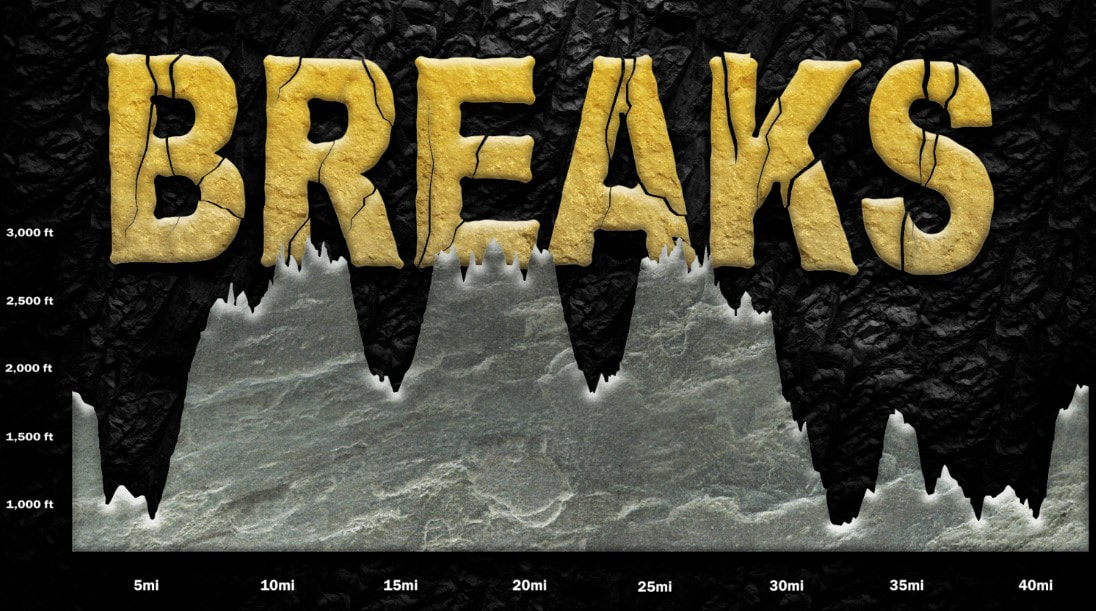
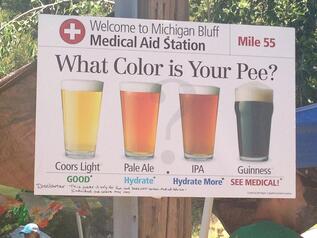
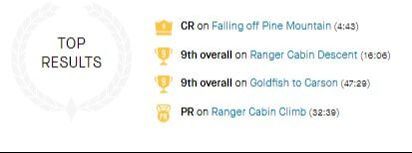
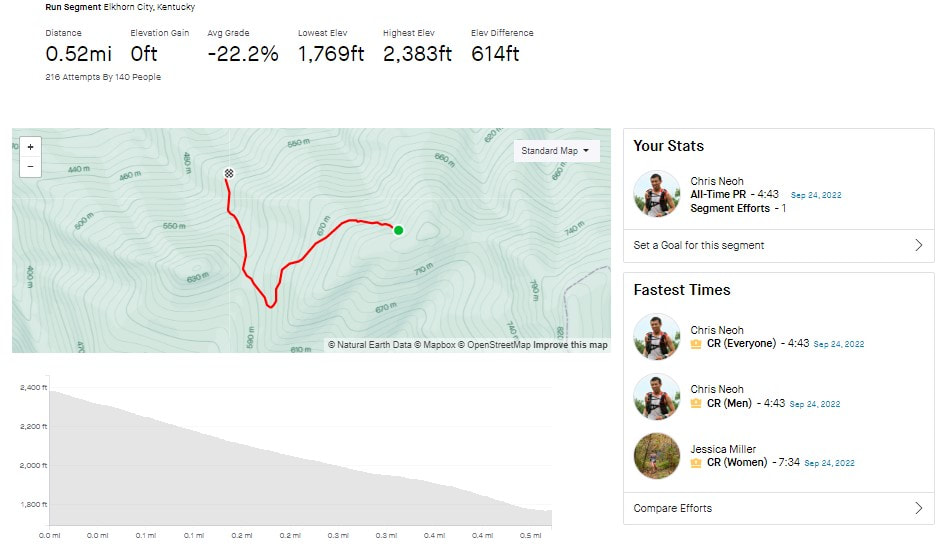

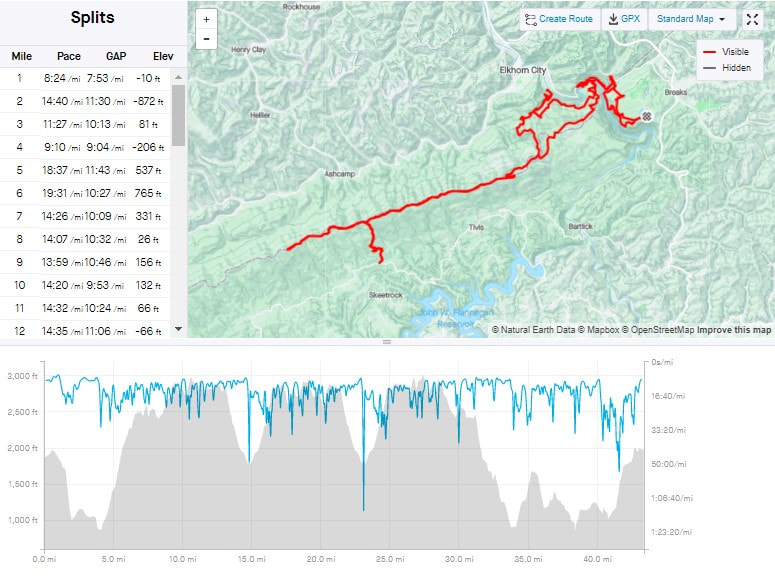
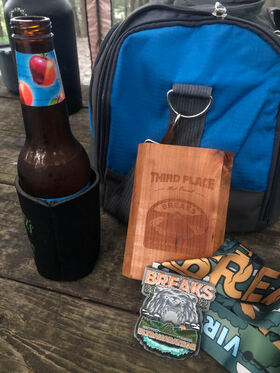
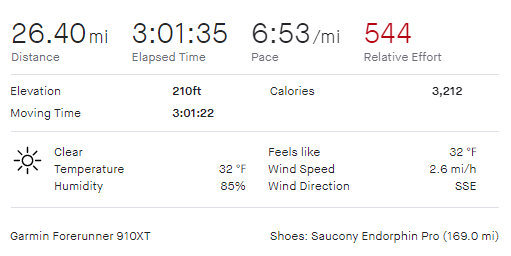
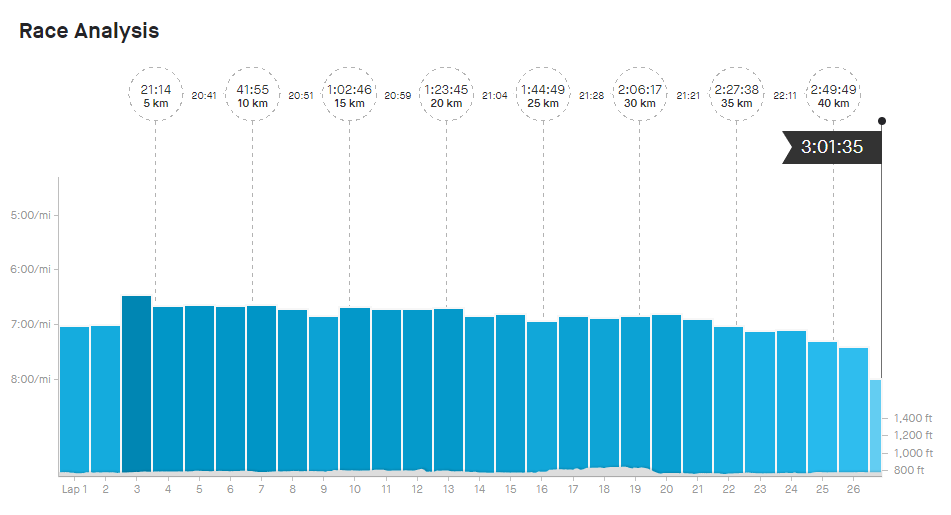
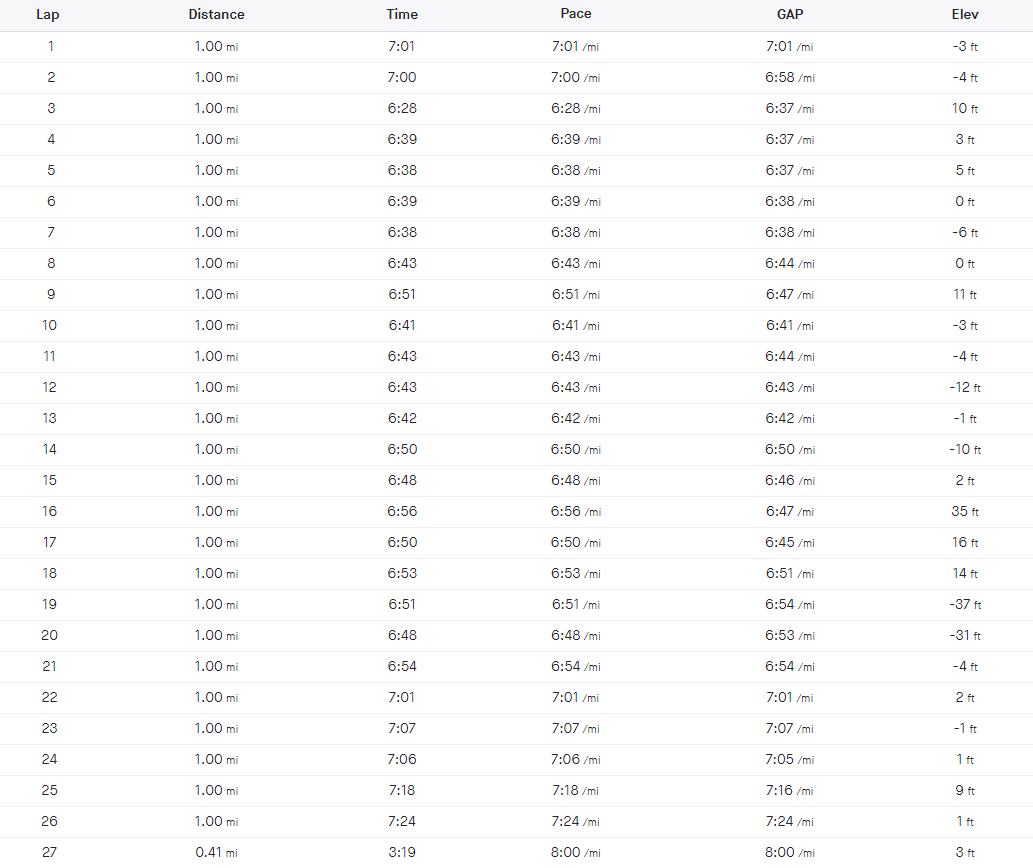
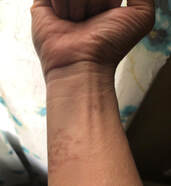
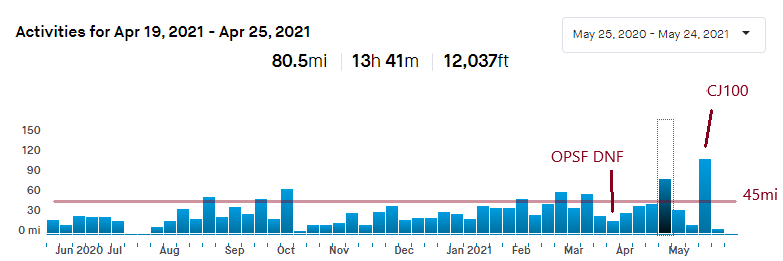
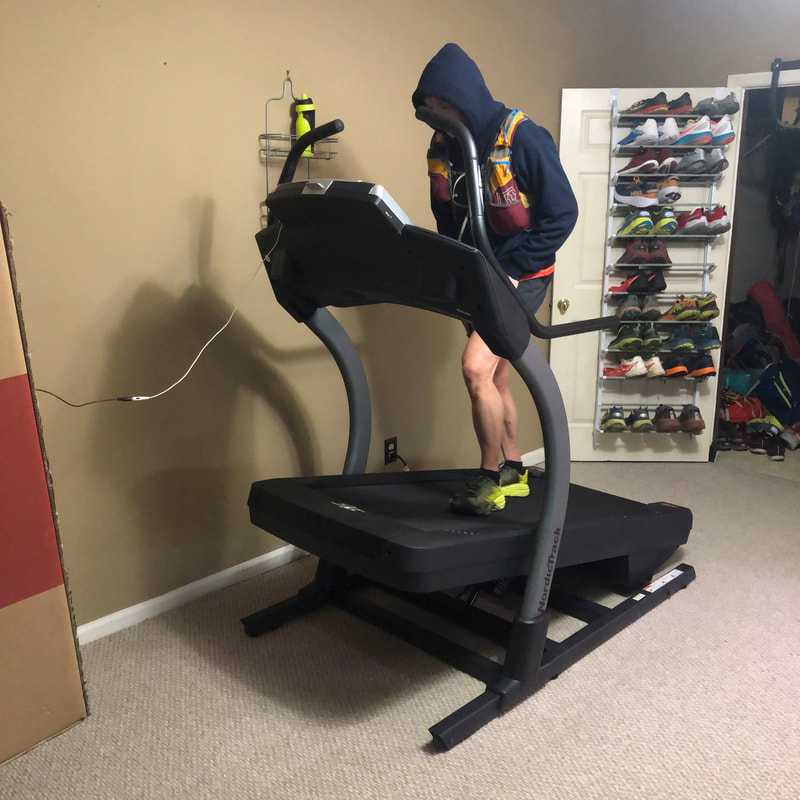
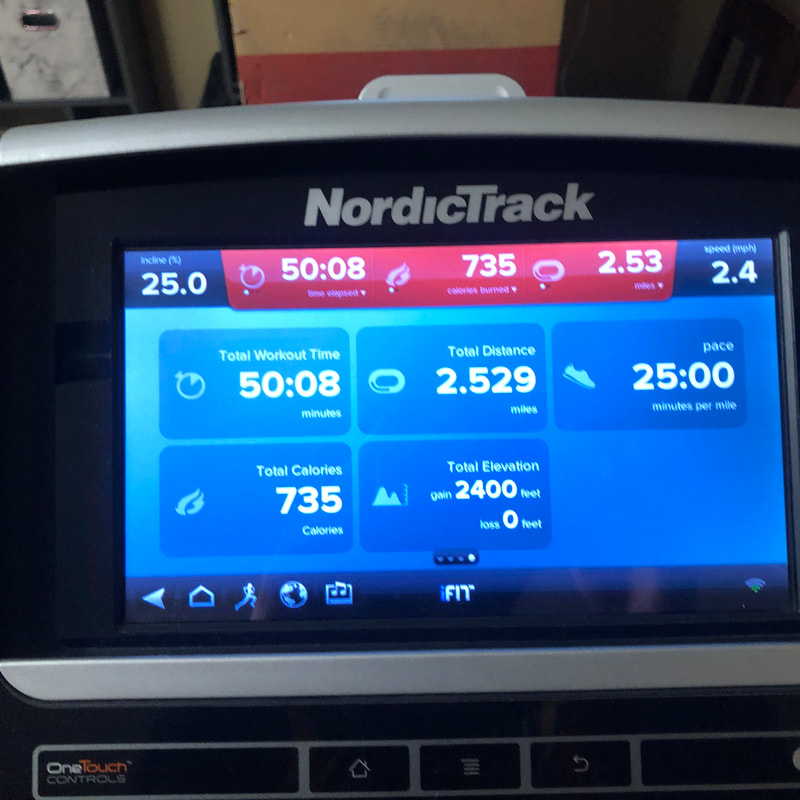

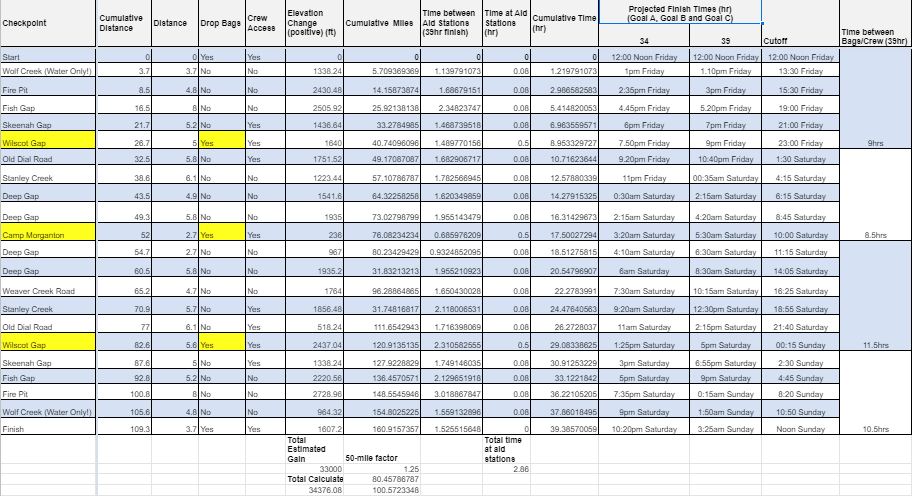
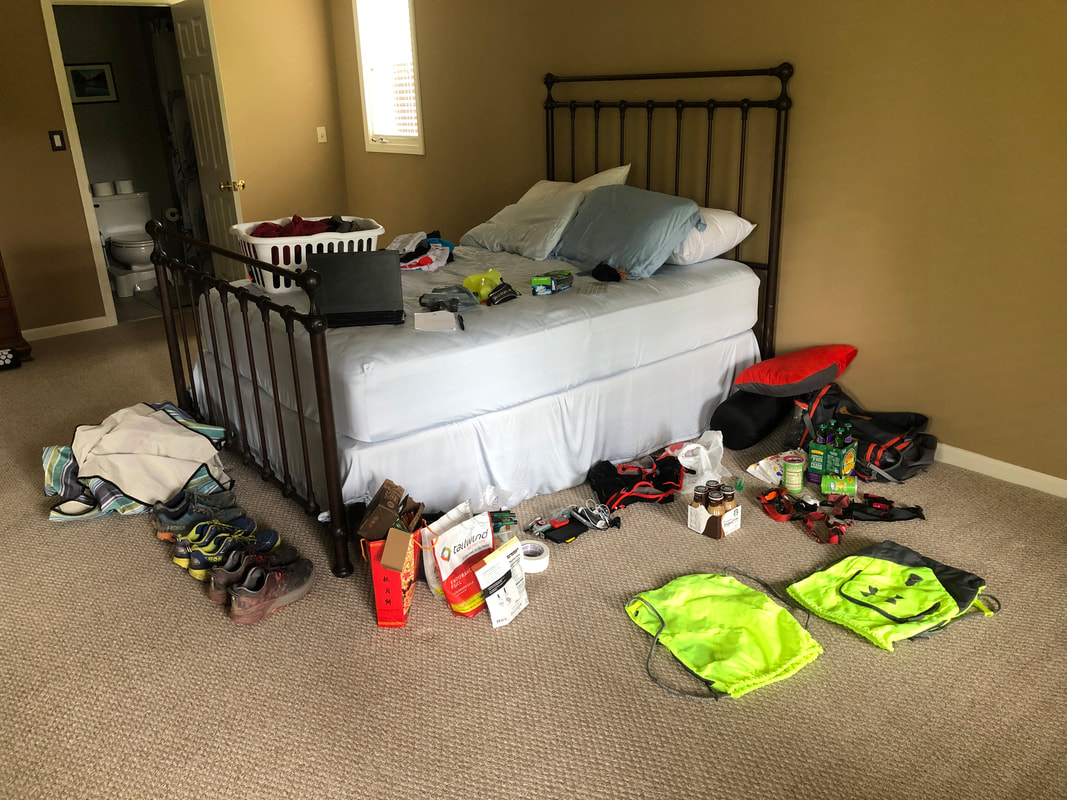
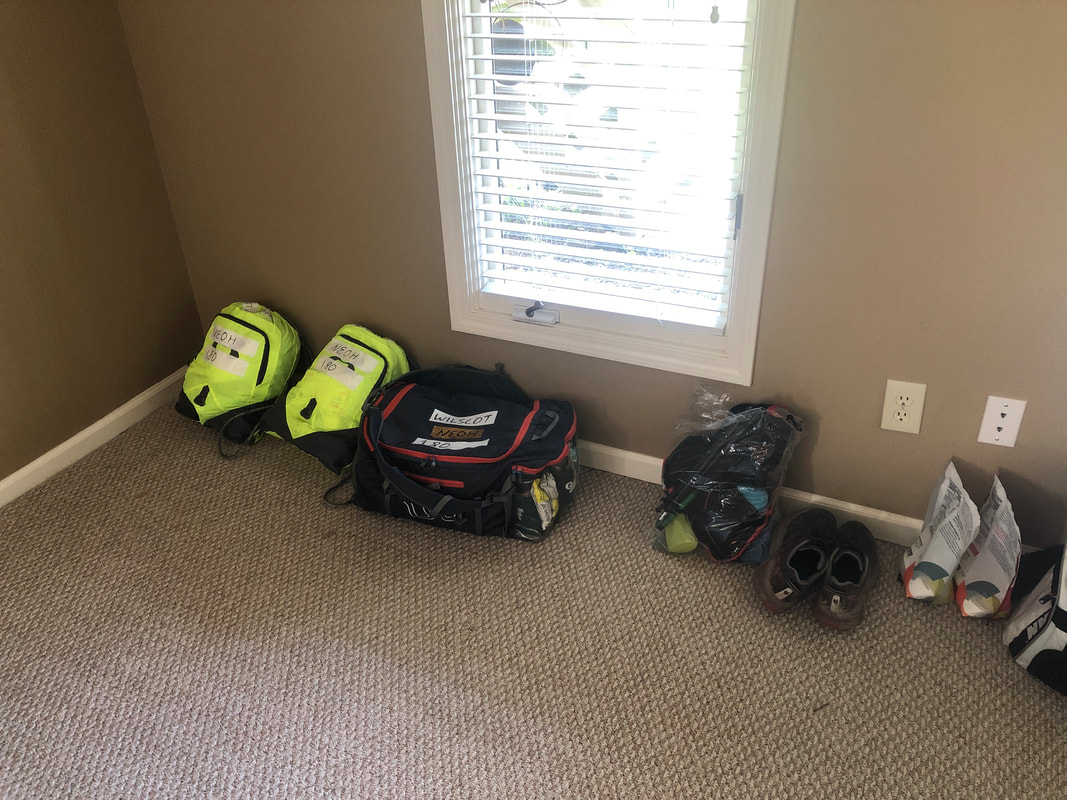
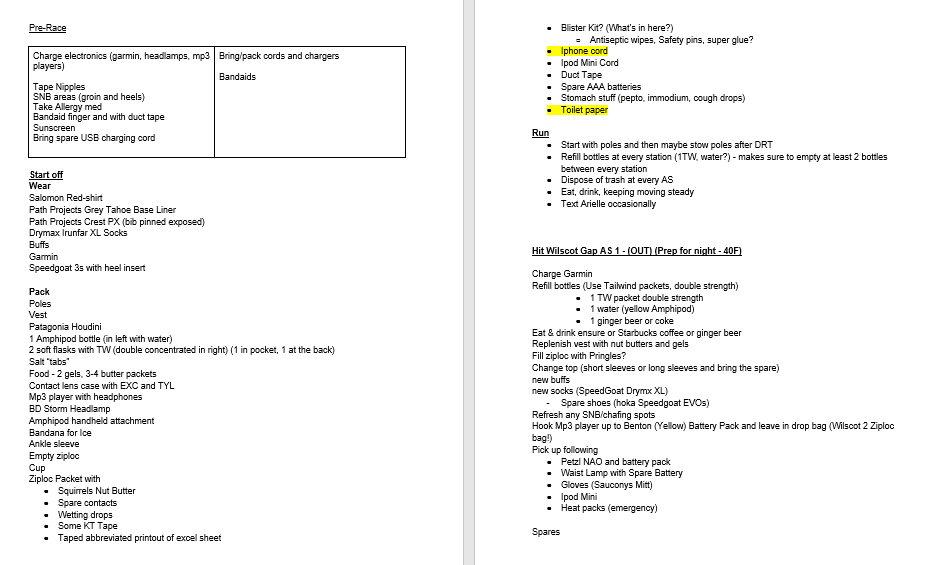
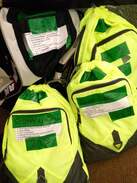
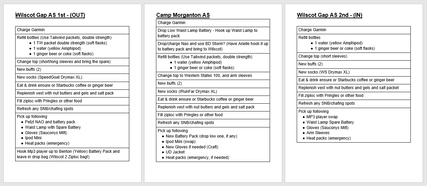
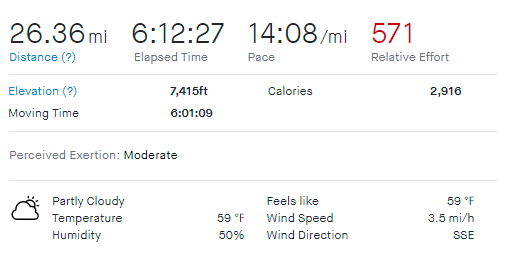
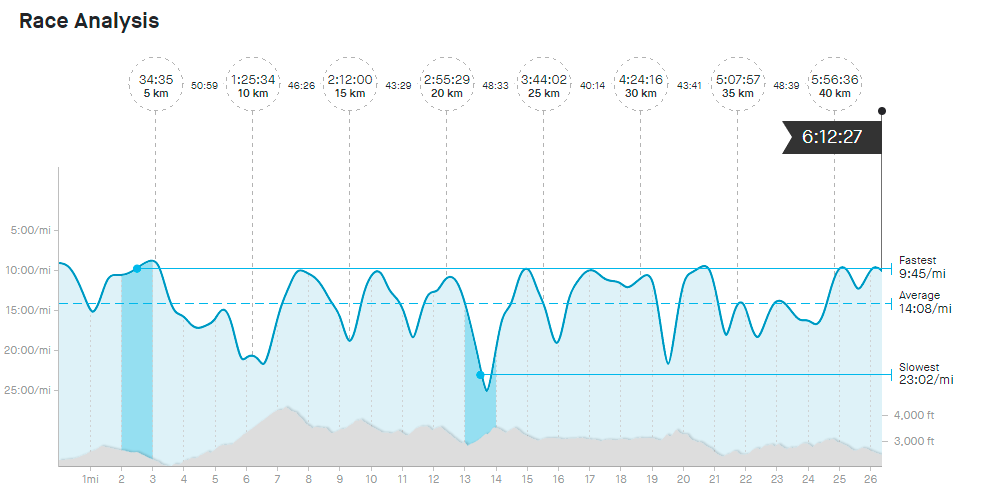
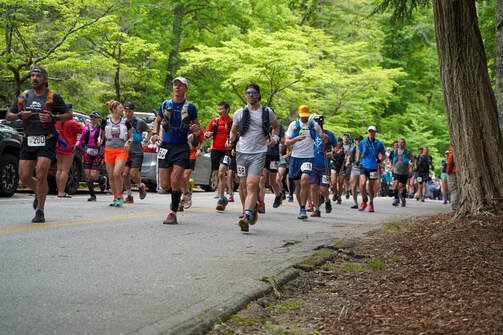
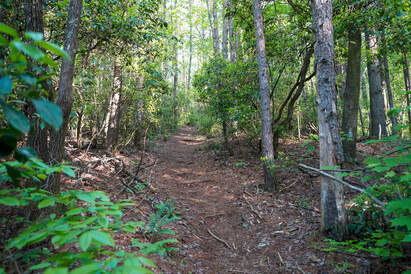
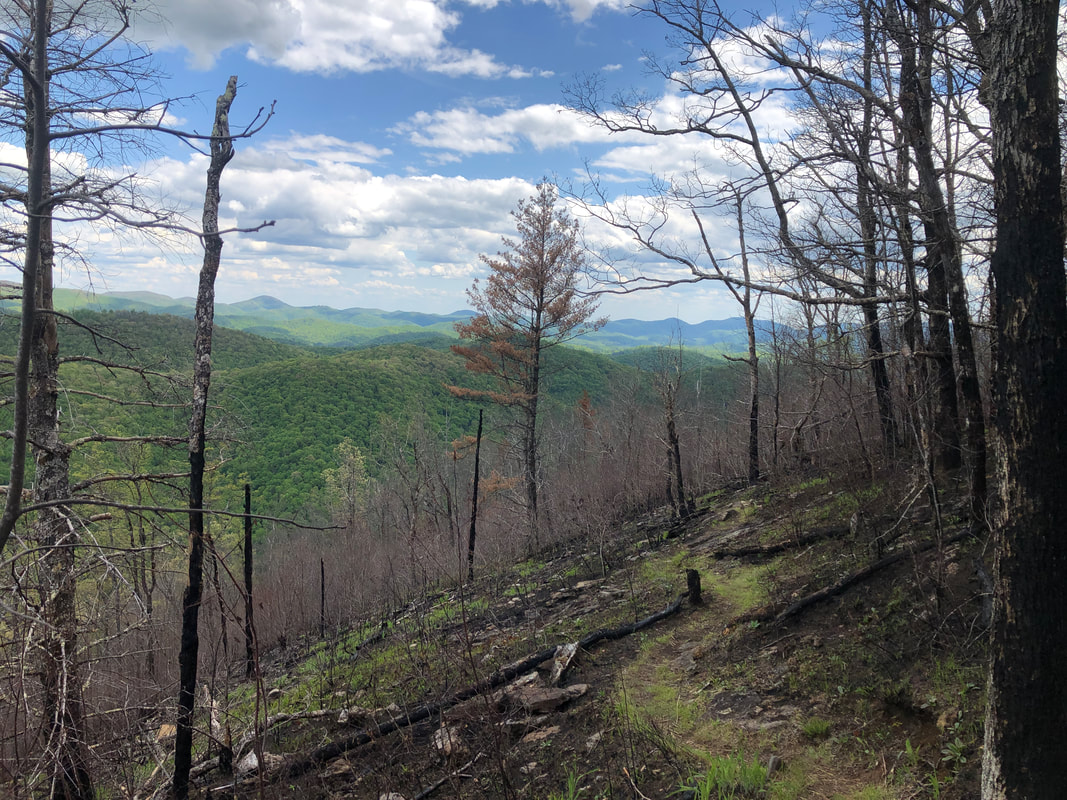

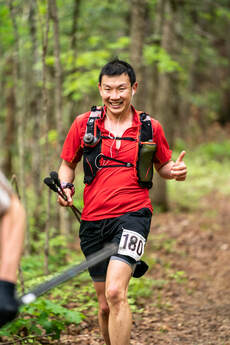
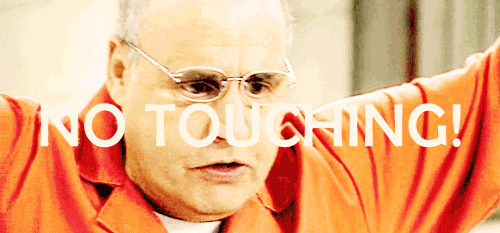
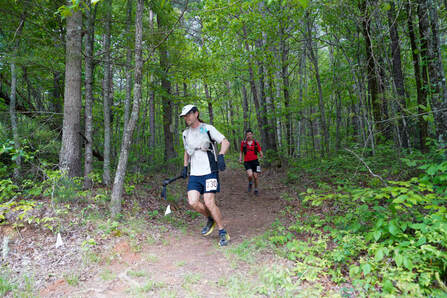
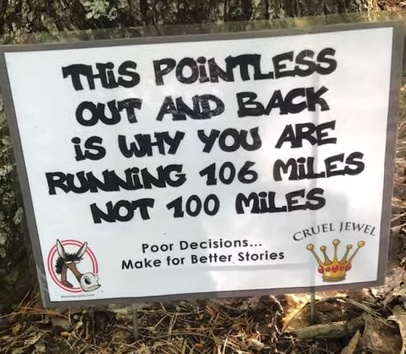
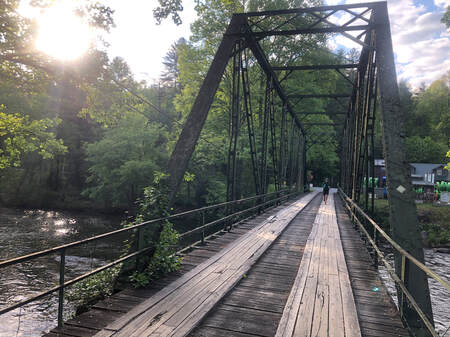
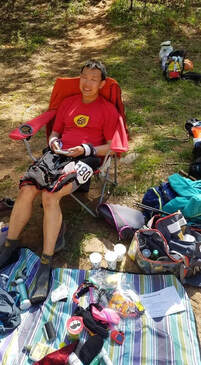
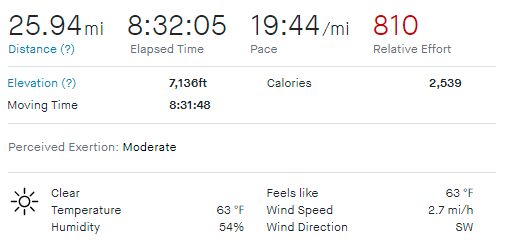
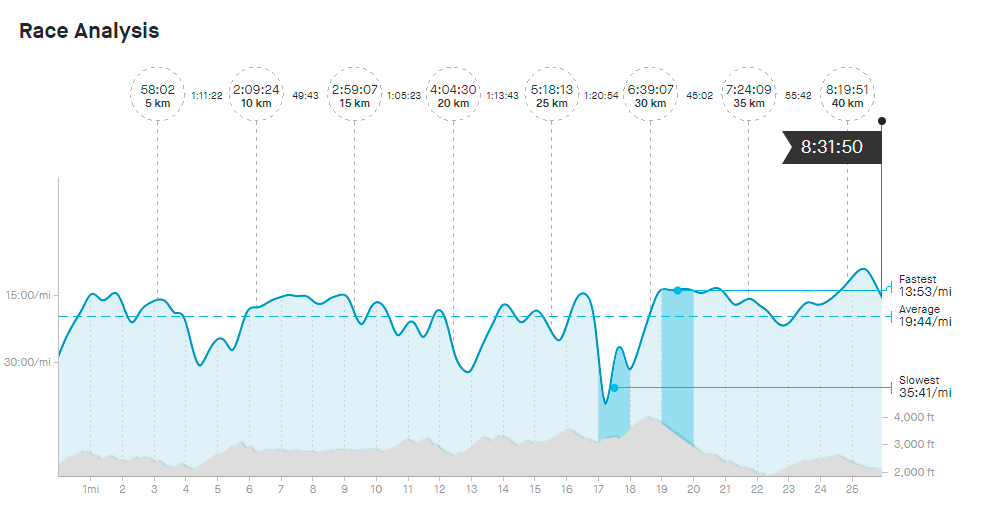
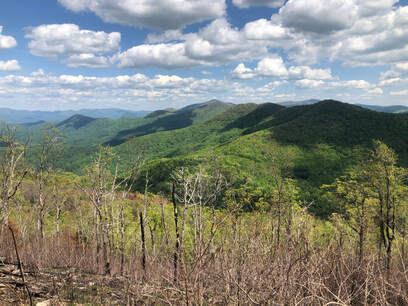
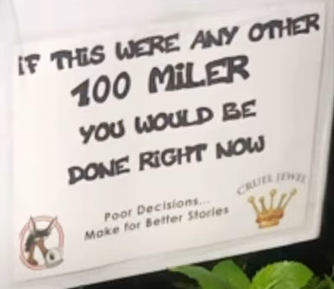
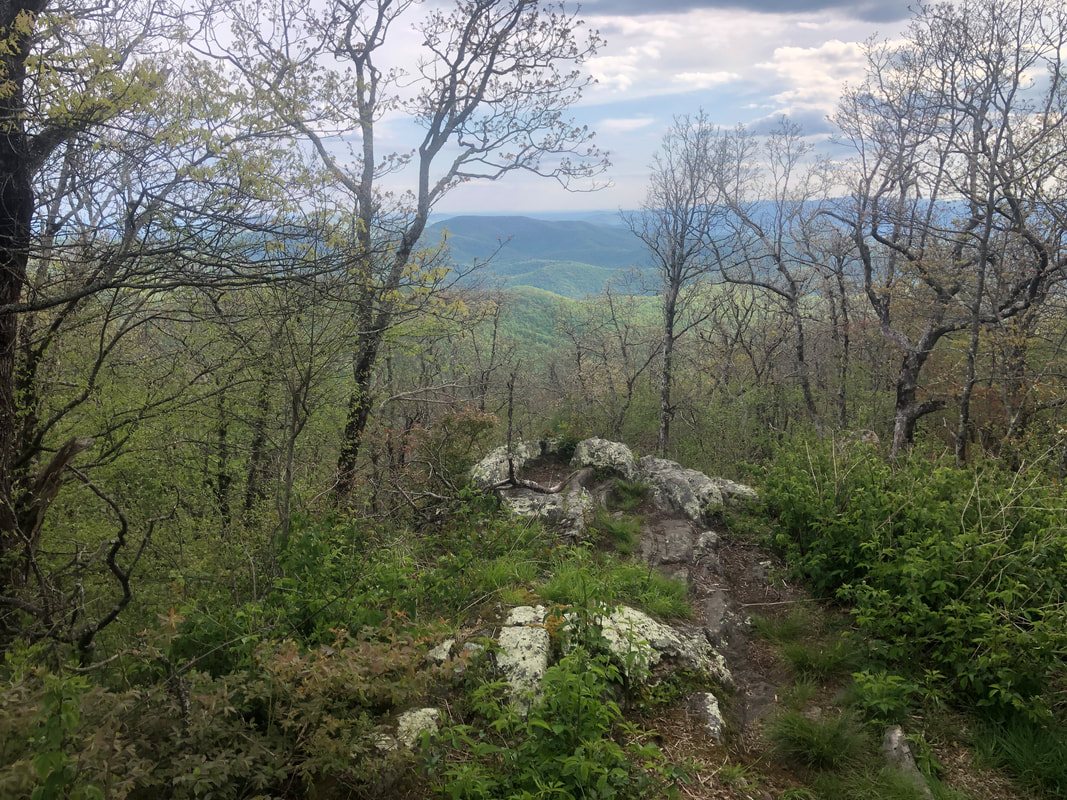
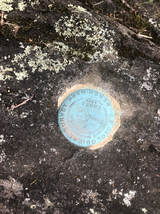

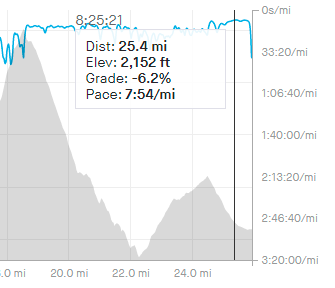
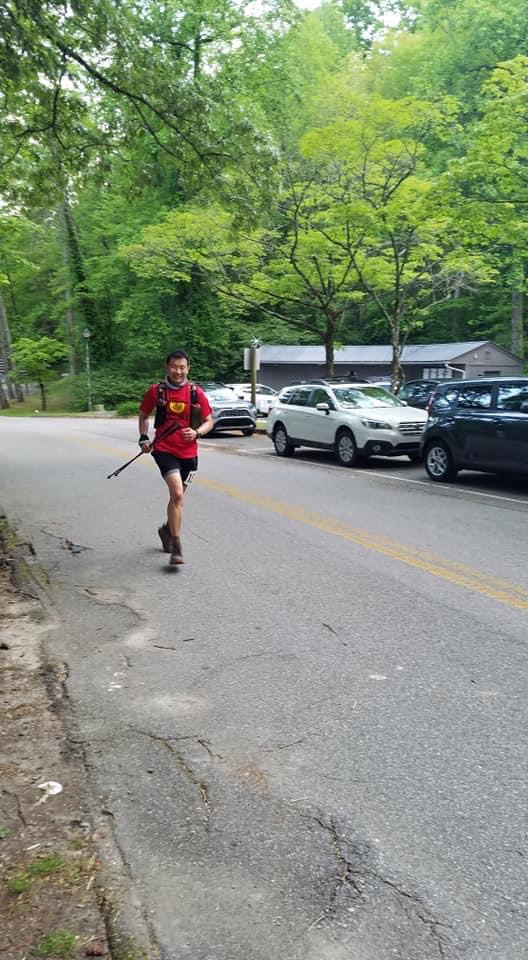
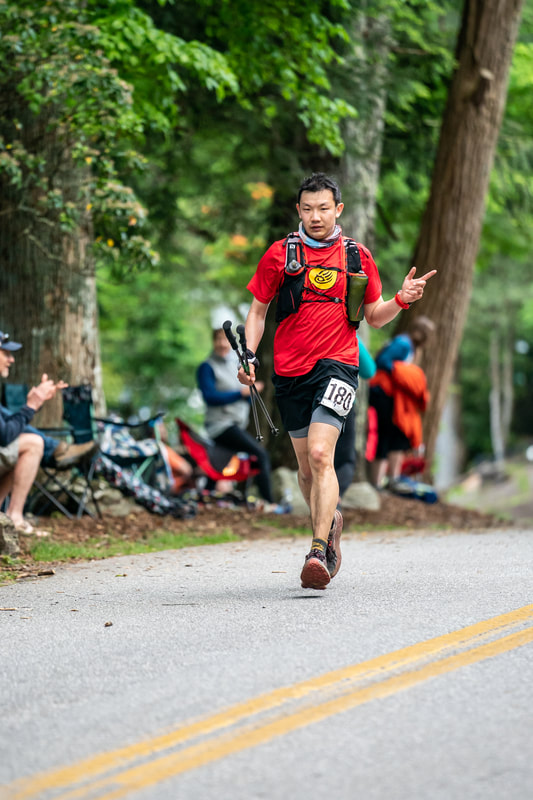
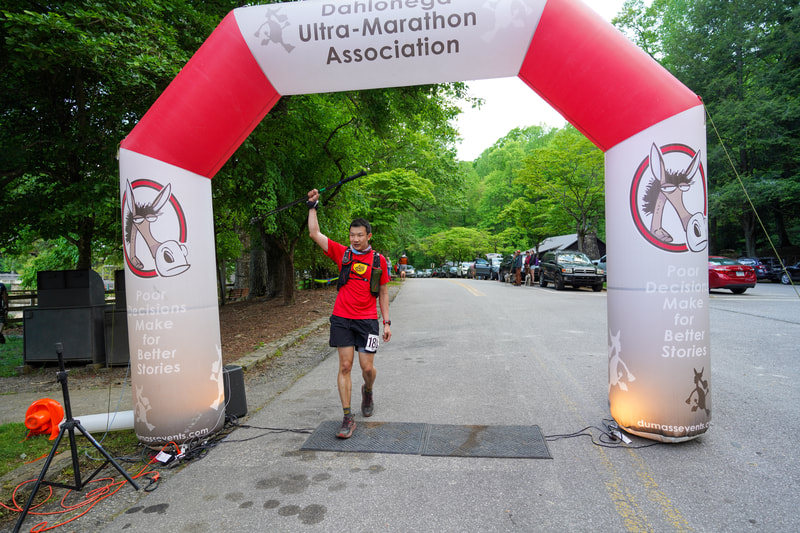
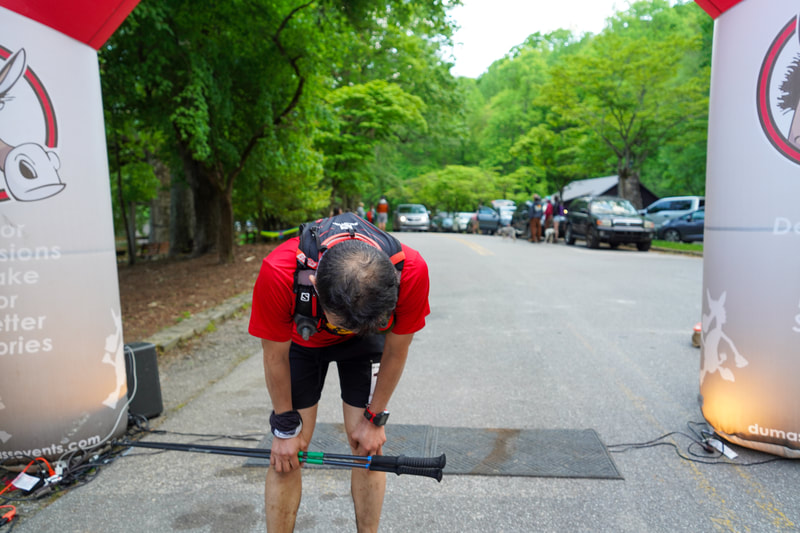
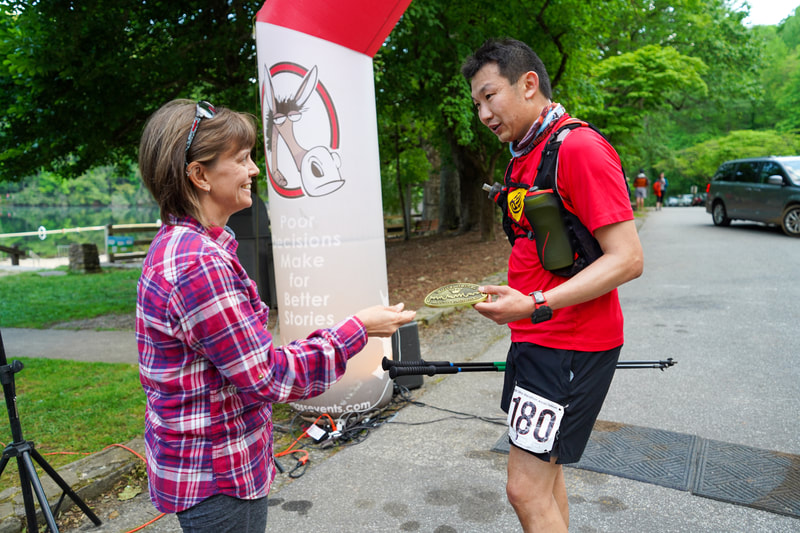
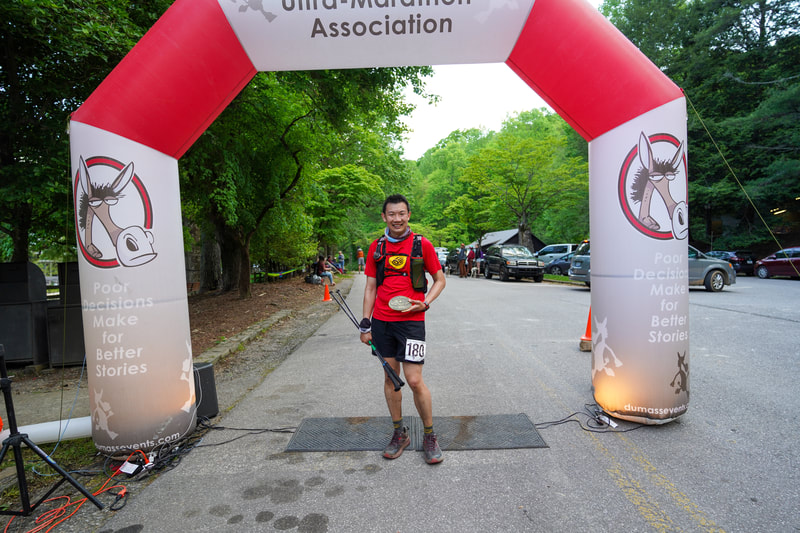

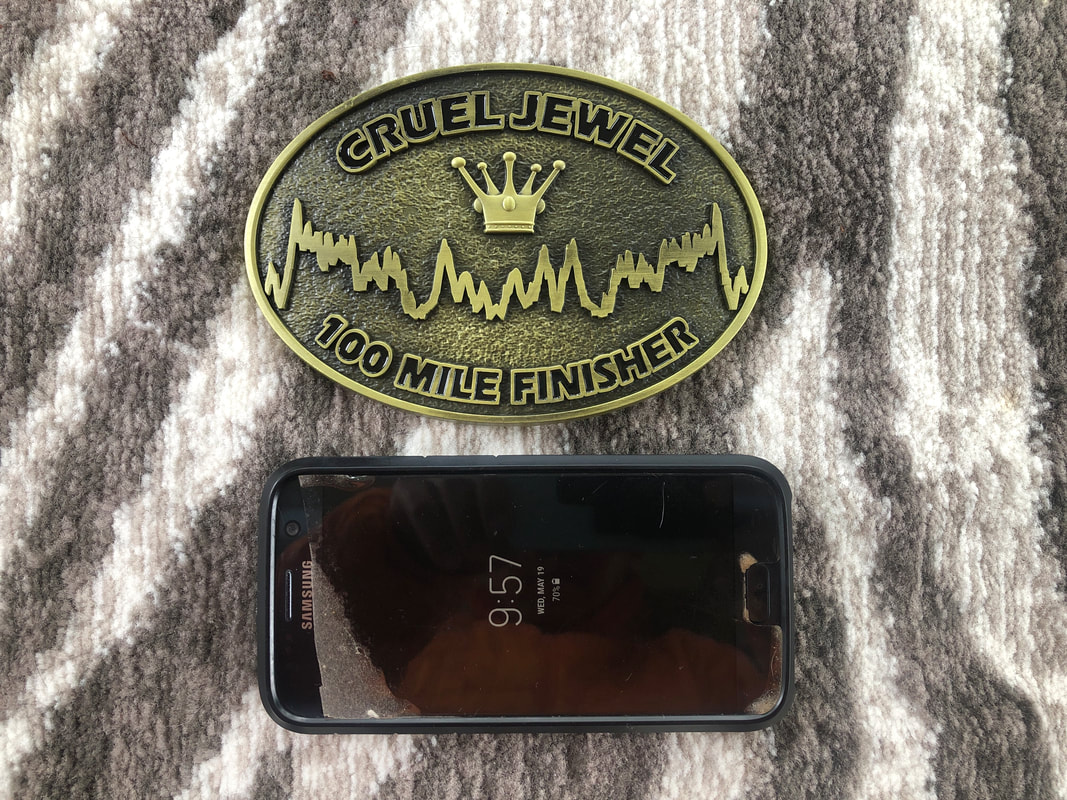
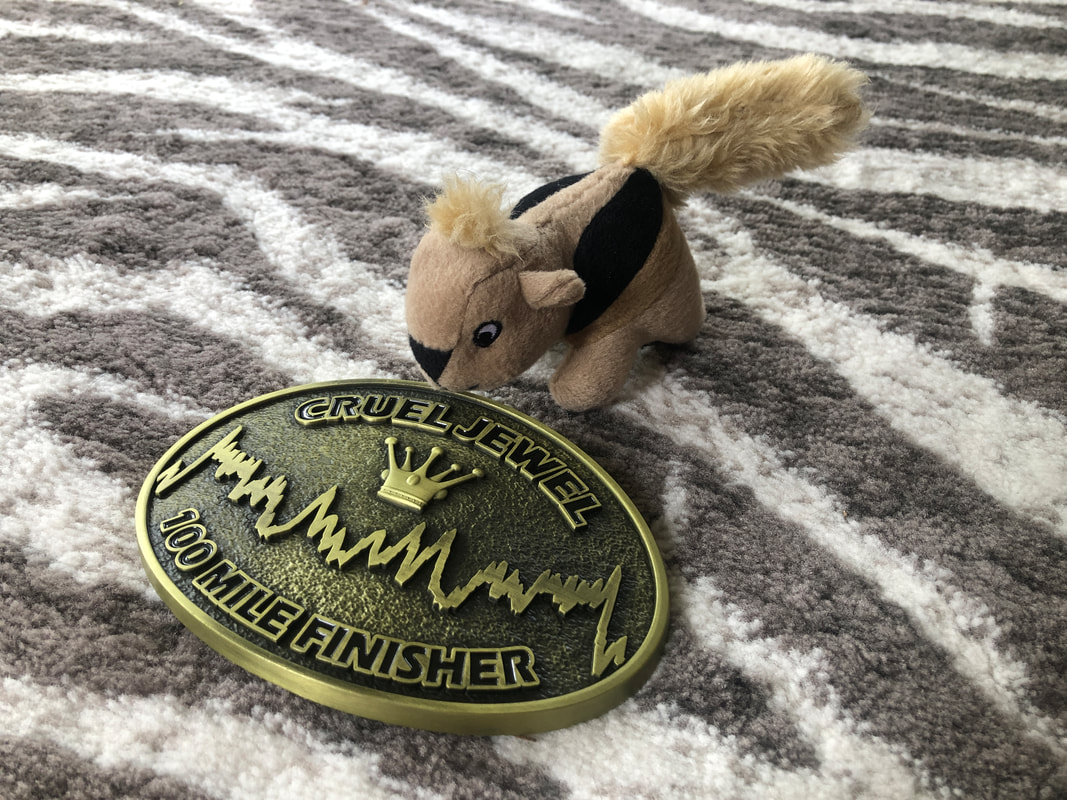
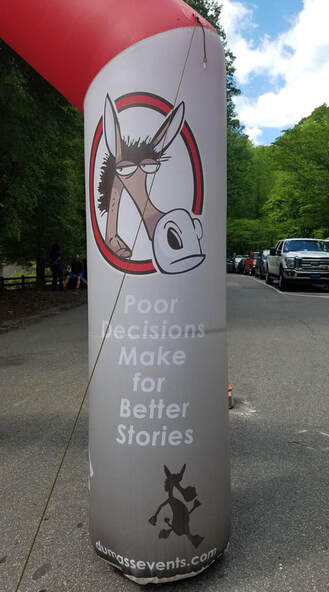
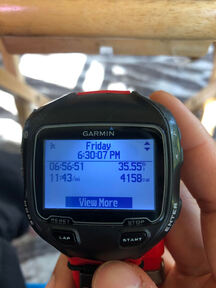
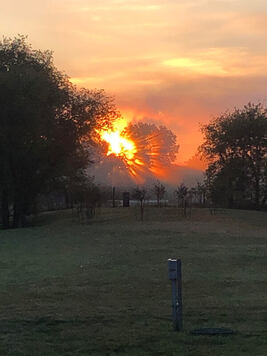
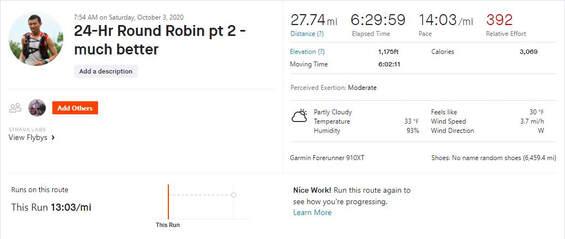
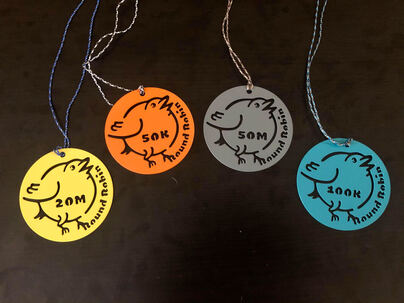
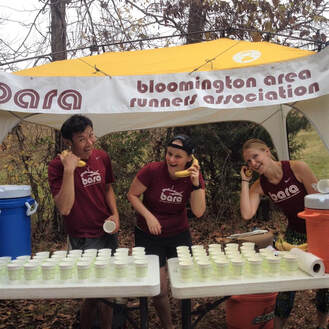
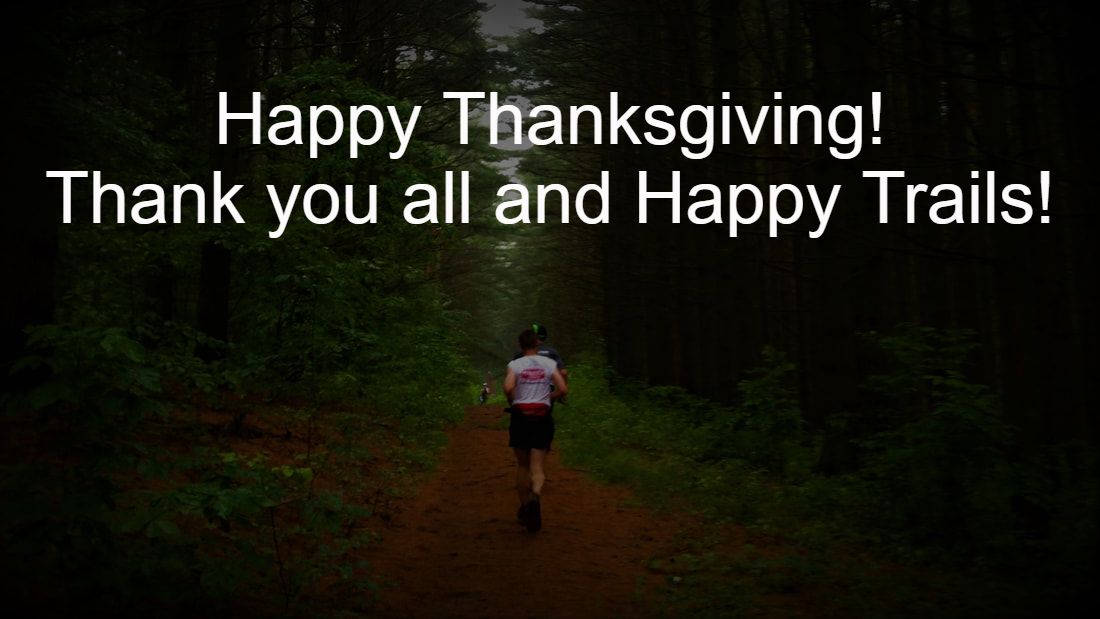




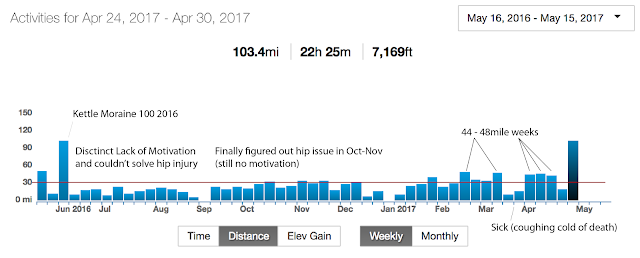

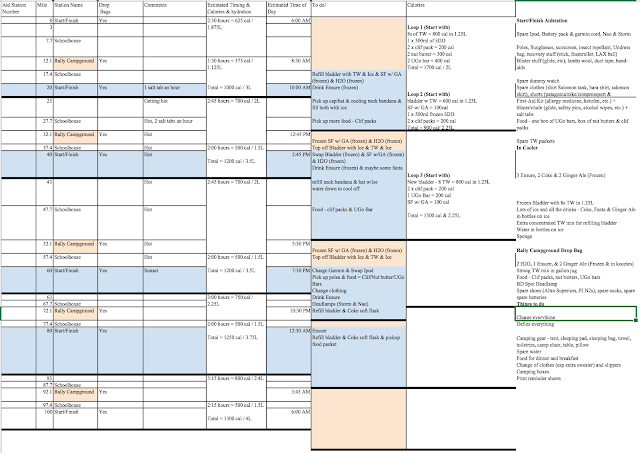

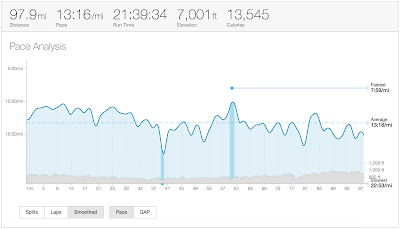

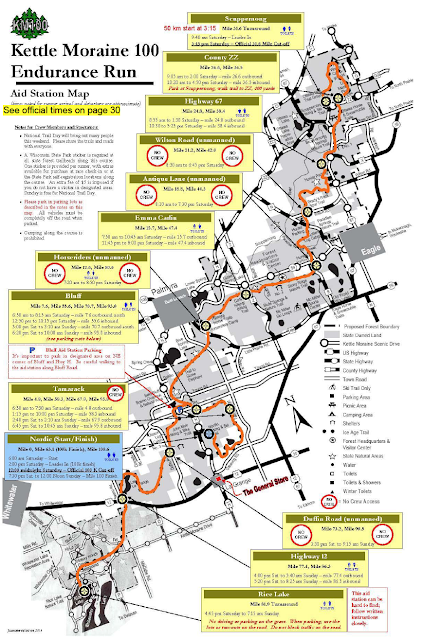
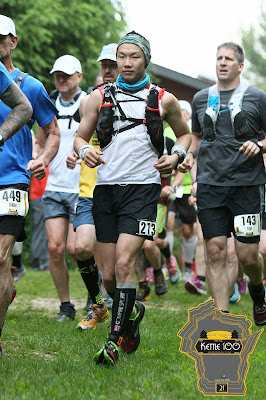
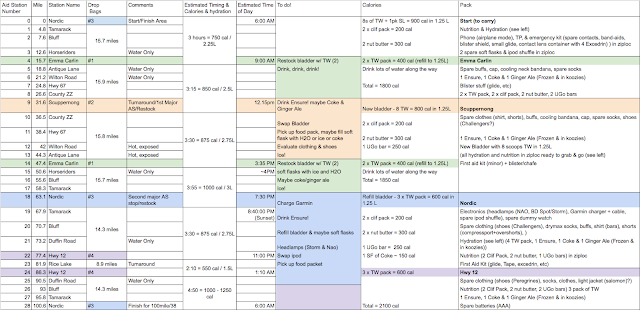





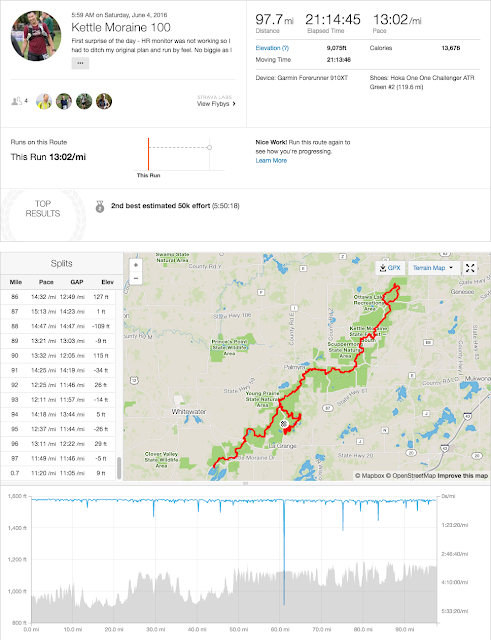


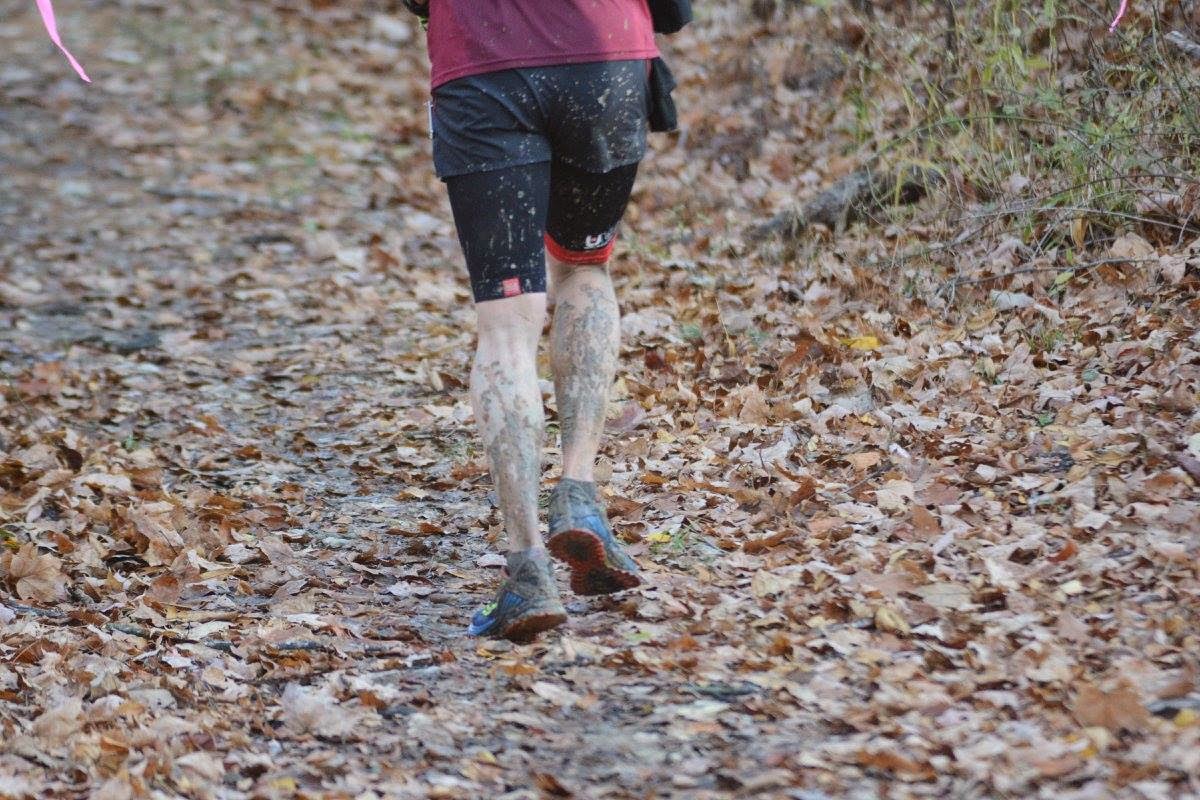
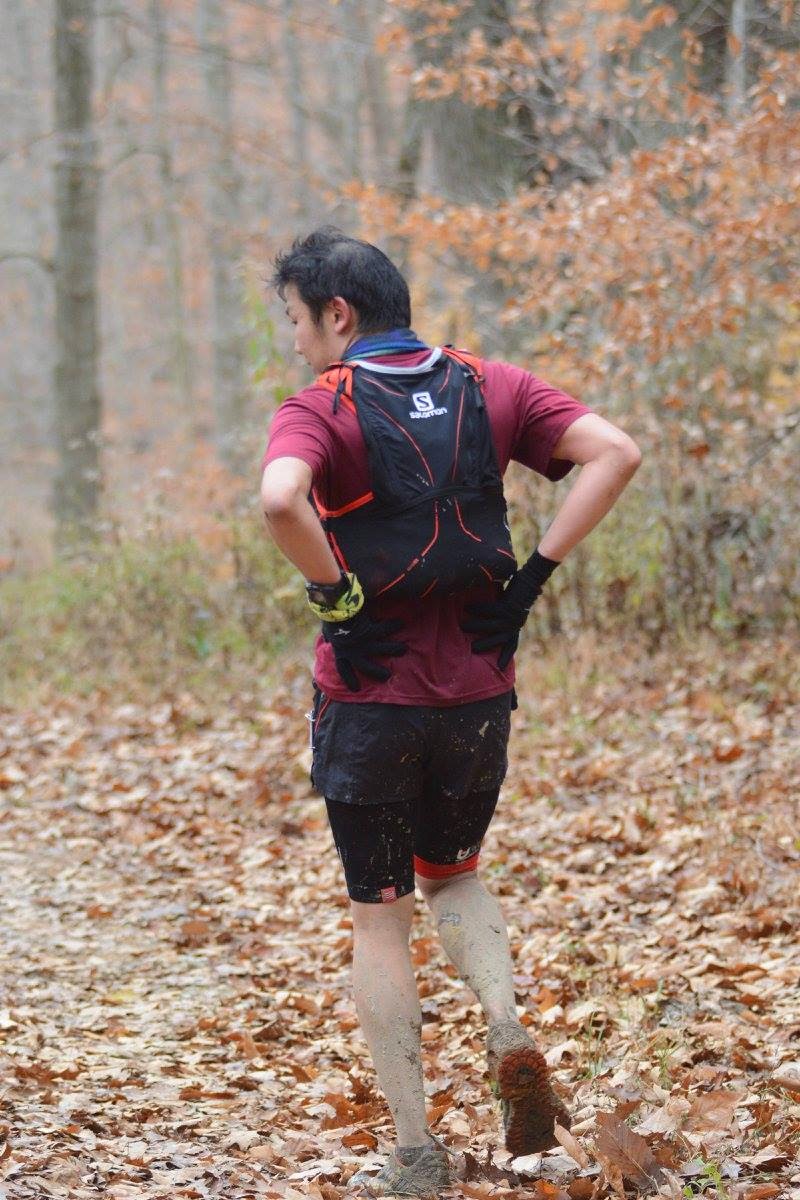


 RSS Feed
RSS Feed

